In the church in Vale de Santiago, there were only seven women and a child, plus the priest, who was Brazilian. The priest had to leave immediately, after leaving words of welcome for the newcomers, because Mass was waiting for him in another church in a nearby village. The ladies were all happy when the group of visitors from the Terras sem Sombra Festival entered and, responding to the priest's appeal, bought a few dozen raffle tickets, helping to raise 150 euros to restore an image of Saint Peter.
The scene took place on Saturday afternoon, during a visit to the heritage of the apparently dormant village of Vale de Santiago, in the interior of the municipality of Odemira, as part of the Terras sem Sombra Festival.
It is a scene that has everything to do with the spirit of this festival, which promotes sharing and takes the public to discover the most unknown corners of the Alentejo.
«We remain faithful to our roots», guaranteed José António Falcão, general director of the Festival, in an interview with Rádio Internacional Odemira (RIO), to which the Sul Informação also watched. “There has been great pressure to take this festival to other regions – Algarve, Ribatejo – but we want to keep to this scale of ours: small is beautiful”, she added.
Hélder Guerreiro, mayor of Odemira, highlighted the fact that Terras sem Sombra, during his visit there on the weekend of 2nd, 3rd and 4th of September, visited four parishes in the county (São Teotónio, Vale de Santiago , São Luís and Odemira) and he himself discovered that «the Ambassador of the Philippines and I have friends in common».
«Terras sem Sombra does just that, it links territories, links cultures».
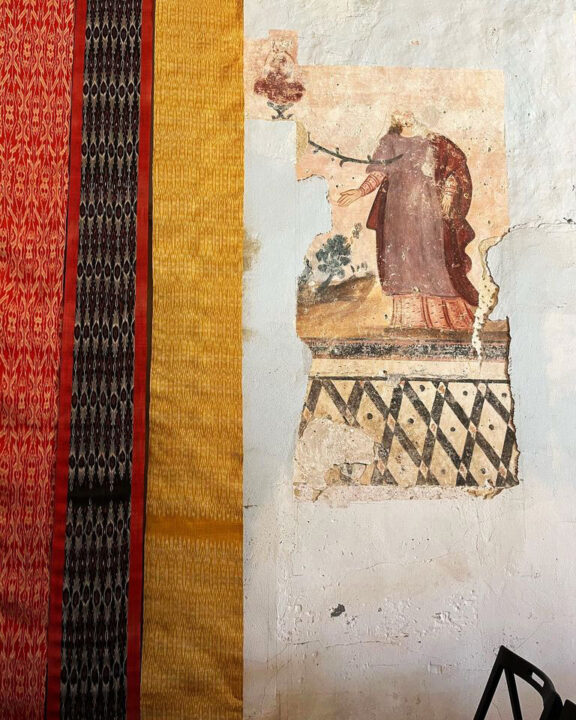
But why did the mayor of the Philippines speak? Because it was to this country that the festival weekend was dedicated, with emphasis on the concert by Filipino pianist Raul Sunico on Saturday night, in a Misericórdia Church packed with people – many people stayed outside – and in reverent silence. and moved by the musician's mastery.
Ambassador Célia Anna Feria, always with a smile on her lips, distributed sympathy and gifts. Speaking in Portuguese, the diplomat stressed that «since my arrival as ambassador to the Philippines in 2007, the embassy has organized and actively and voluntarily participated in activities and events that highlight the unique cultural narratives that link the Philippines to Portugal».
Some of these narratives are even different, even when they indicate “joint historical events and landmarks”, such as the commemorations, in 2021, “in Portugal, of the 5th Centenary of the first circumnavigation, by the expedition of Fernão de Magalhães and Elcano, and, to the Philippines , the 500th anniversary of the victory of de Mactan», battle where Magellan died.
They are, in any case, as he insisted on emphasizing, «common narratives and legacies», which strengthen ties between countries and even with regions, such as the Alentejo, in this case, hitchhiking of Lands Without Shadow.
"Just as Odemira is known for its priceless heritage of handicrafts such as basketry and weaving, the Philippines also has its traditional weaving", added the ambassador, pointing to the T'nalak, the colorful pieces of tapestry hanging on the walls of the secular Igreja da Misericórdia, side by side with the frescoes.
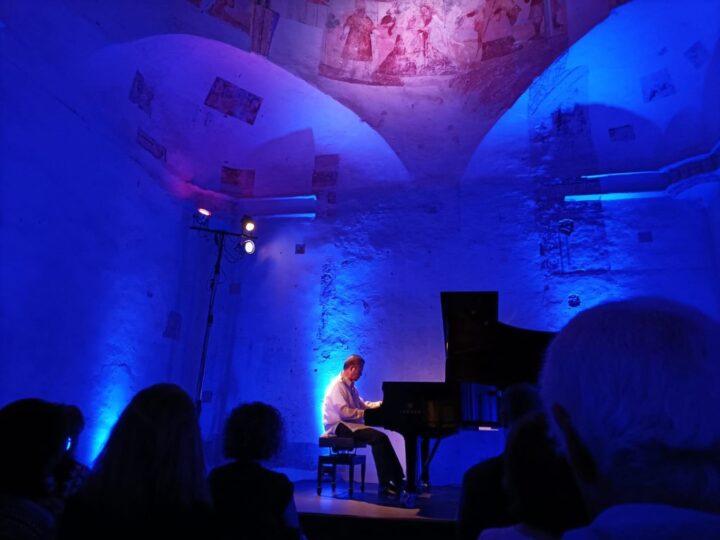
Before the concert, Raul Sunico, 74 years old, considered one of the greatest values of world pianists, spoke with the Sul Informação about your presentation in Odemira. He who has performed as a soloist on the main stages of Europe, Asia and America, in his calm and sweet style of speech, guaranteed that the Igreja da Misericórdia (a Mannerist temple from the second quarter of the XNUMXth century, with a rare oval plant) would not be so so strange. «It is not a very different place from some where I have played, because I play in many churches, in the Philippines», he guaranteed, adding that «the acoustics are very good».
For the program, in addition to Mendelsshon, Debussy, Chopin, Albéniz, Liszt and Ravel, Raul Sunico chose a piece by the Portuguese Vianna da Mota, as well as two pieces by Filipino composers – George Canseco and Francisco Buencamino.
The pianist declared himself happy to «show what Filipino music is to the community of Odemira», and very pleased to be able to share his music with a smaller community and, in general, further away from major cultural events. “It's a very different place, very exciting, I like to play for small audiences”, he assured.
In the concert, the acoustics of the room and the musician's mastery allowed to hear the most delicate sounds coming out of his fingers. In the end, there were even two encores, one of them the «Clair de Lune», by Debussy, doing justice, moreover, to a program very focused on the Romantics.
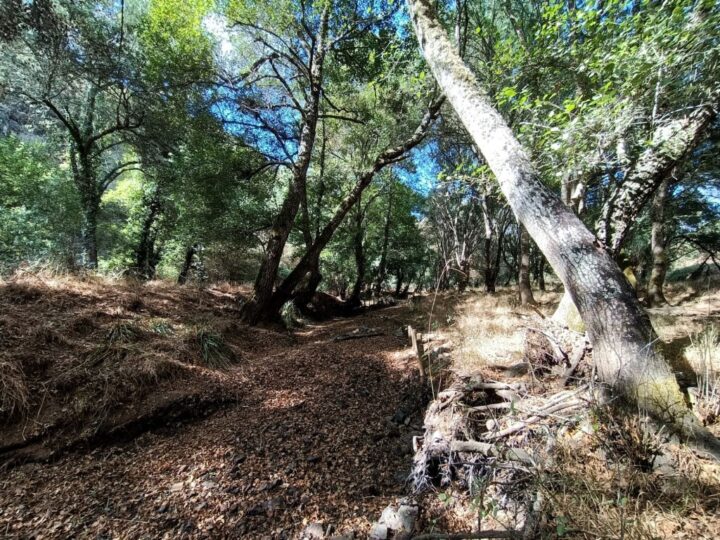
After the heritage visit to the sleepy village of Vale de Santiago, on Saturday afternoon, with António Martins Quaresma and José António Falcão as guides, and the emotions of the concert by Raul Sunico on Saturday night, Sunday morning was dedicated to biodiversity, thus completing the trio of interconnected themes that embody this unique festival.
It was the route «From the bridge of the sun set to Pego das Pias: the Ribeira do Torgal»», guided by the guides Madalena Silva (geologist) Augusto Lance (professor of the Agronomy course at IPBeja) and Ana Luisa Simões (nature guide and co-author of the book “200 Plantas do SW Alentejano & Costa Vicentina”).
Basically, as the general director of the Festival had already explained, it was a "reading session on the natural heritage of the Torgal stream, a very important tributary of the Mira from a scientific point of view", from the bridge built in the 30s century on the national road 120, to Pego das Pias. «Pégo, as the Alentejos say, not Pêgo», underlined historian António Martins Quaresma.
The bridge, added the profound connoisseur of local history, finally made it possible to “cross over a very important natural obstacle”. Looking at the Torgal stream at the bottom, dry, without a drop of water, it is hard to believe that the valley where it flows could one day be an obstacle to connections between towns and from Odemira to Lisbon. But, thanks to the torrential regime of these streams, this is often the case. And the bridge ended that difficulty.
«It's the first time I've seen the Torgal stream without water…completely dry. It's shocking”, lamented the geologist Madalena Silva.
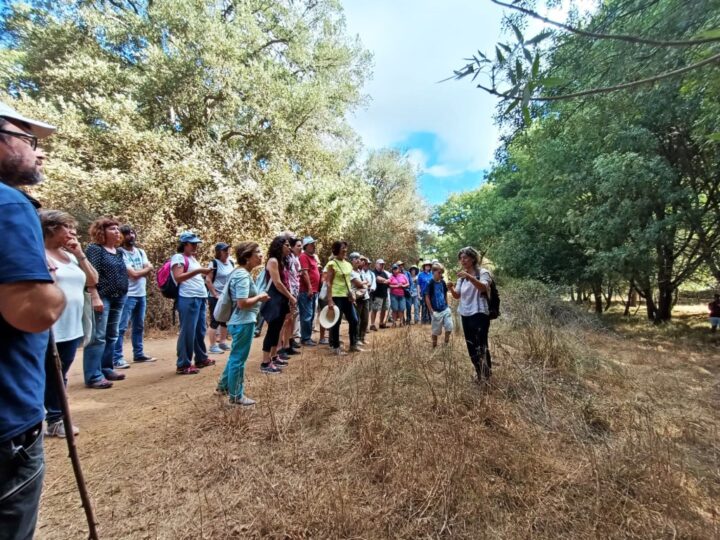
As for the name of the stream, there were those who wanted to know if it derived from “torga”, a variety of heather. But António Quaresma considers not, which derives from the name Targala, an old circumscription from the Islamic era, where this area was integrated.
In addition to the Pego das Pias, the historian also recalled, further on there is the Pego da Laima or Laimas, who were pre-Roman «aquatic deities».
Although there is no water, along the banks of the stream, the riparian gallery remains green and leafy, with tall ash trees, alders, poplars, hawthorns, next to the bed, or even with cork oaks and even cerquinhos oaks, a little more away from the water that now doesn't run. These oaks (Quercus faginea) are “known here in Odemira as carvalheiros”, as historian António Quaresma recalled.
In the barriers that delimit the way, you can see the geological layers. Augusto Lance explains: «the rocks that exist in a certain place have practical consequences». The shales, visible there, «give very poor and impermeable soils, skeletal soils», where agriculture gives little.
Therefore, the valleys of the streams, where the alluvium brought by the seasonal floods are concentrated, the floodplains, are the place of excellence for an agriculture that was done with traditional methods, using water in a wise and regulated way.
In the schist area, in this «landscape in a molehill, as in Serra do Caldeirão», it is the silvo-forestry production that guarantees the livelihood. As if listening to the conversation, a herd of goats walked around, apparently without a shepherd.
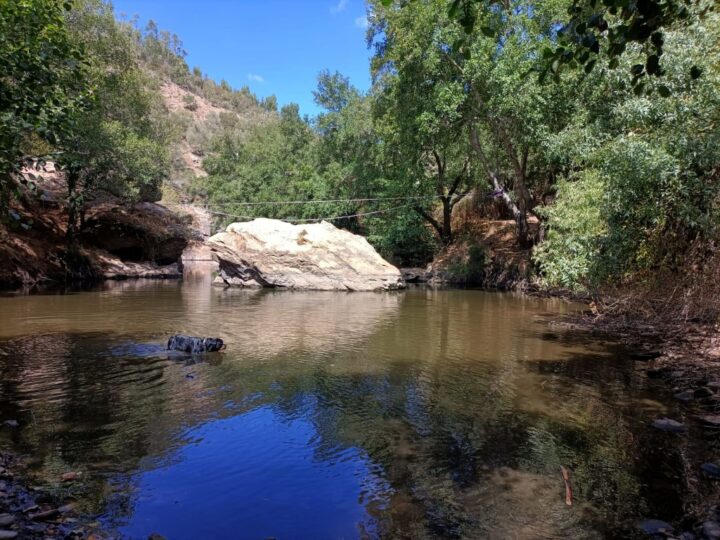
After just over three kilometers, the group of hikers from the Terras sem Sombra Festival – more than half a hundred, many more than expected, so much so that the City Council of Odemira had to send for a bigger bus – finally arrived at the Pego das Pias, yes, with some water.
But instead of the whisper of the wind in the tall treetops or the chirping of birds, it was the noise of a large group of young people, with loud music, illegally camped there, with tents, cars and vans, which received the hikers.
As lunchtime was approaching, the young people were busy preparing a fire under a tree… and it was only because of the most vehement warnings from some walkers that they ended up, amid muttering and insults in a low voice, putting out the dangerous fire pit.
Pego das Pias is located on private property, but with free access (until now). A couple of kilometers earlier, on the side of the road, the Odemira City Council put up a sign warning of the ban on camping, caravanning, bonfires and other practices…but, apparently, it is useless, since there is no surveillance or inspection.
The Sudoeste Alentejano e Costa Vicentina Natural Park «includes the Torgal stream, recognizing the importance of this habitat», underlined Ana Luisa Simões. "But it doesn't even feel like we're in a Natural Park...", she lamented.
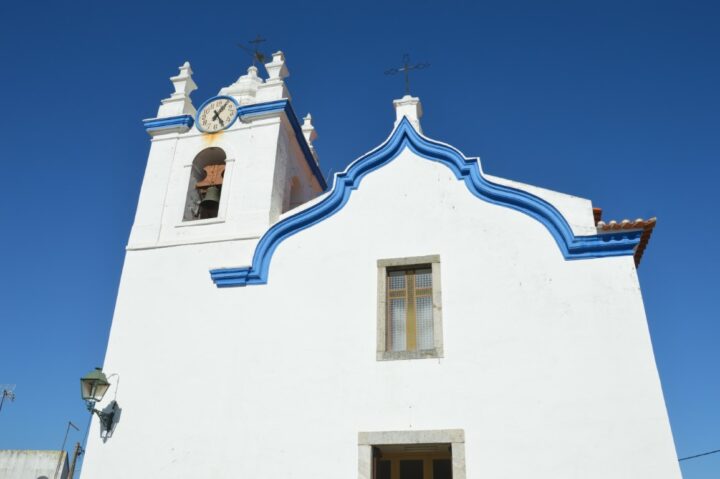
Vale de Santiago looks like a ghost village, with no one on the streets. The only entertainment, at 15:30 pm on a not very hot Saturday in September, is a group of young Asians, probably agricultural workers, sitting on the benches next to the church, to take advantage of the cell phone signal, half a dozen men in a cafe on one of the streets sides and the same number of women on their way to church for the weekly mass.
Therefore, the arrival of a group of two and a half dozen people causes some surprise to the few inhabitants who pass by by car or on foot.
The visit started next to the Poço Velho, still in operation, where historian António Martins Quaresma recalls that Vale de Santiago «belonged, historically, to the municipality of Santiago do Cacém».
However, because they were far away, «their residents were free to attend the county seat on the Holy Spirit Day», an important festival in Santiago, when «there was the bodo».
In the XNUMXth century, with the readjustment of the map of the municipalities promoted by Liberalism, the first Vale de Santiago was integrated into the municipality of Messejana, but, with its extinction, it moved to Odemira, where it remains.
The church is dedicated to Saint Catherine of Alexandria, who was «protector of married young women», as the historian José António Falcão recalled. As this was a peripheral territory, which had to be populated, perhaps this is where the invocation to that saint comes from.
Falcão recalled that “the early church was greatly affected by the 1755 earthquake”, and was later rebuilt. Today it boasts a «gable in an unfolded keyway», as if it were «an arrow pointing to the sky».
But Vale de Santiago is closely linked to an alleged miracle performed by Nossa Senhora da Luz: the village was almost swallowed by the waters, on a very rainy night, but a light came on and some children said they saw a lady diverting the waters. . Nearby, there is still a fountain dedicated to Senhora da Luz.
«The patron saint was Santa Catarina, but the devotion went to the patron saint, which is Senhora da Luz», stressed José António Falcão.
Inside the Church, there is a beautiful image of Santa Catarina, as well as a gilded altarpiece, probably made by carvers from the workshops of Tavira and Faro.
In the streets of the village, between well-kept houses, some crowned with chimneys where you can see the influence of the Algarve, which is not even that close, a house, owned by the owner of Herdade do Vale Longo, shows his pride in being an agricultural owner. Among the decorative motifs on the entrance door, there are two plows, in what José António Falcão classified as «an almost heraldic pride».
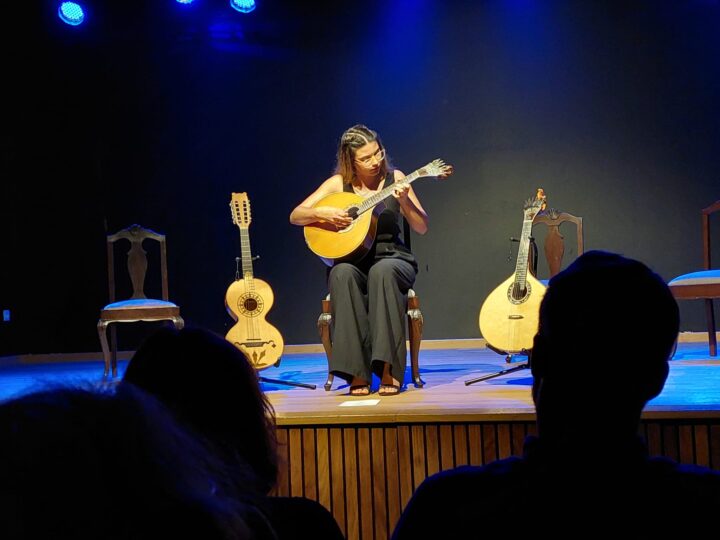
Last weekend, activities started on Friday, with the classical guitar by the young odemirense Mariana Martins to perform on the stage of Sociedade Recreativa São Teotoniense. The classical guitar and the viola campaniça were side by side on stage, with interpreters who spoke with Mariana, something unprecedented. But also some young people who, in the morning, had participated in a training with her, ended up taking the stage.
Mariana was the first woman to graduate in Portuguese Guitar, graduating from the Escola Superior de Artes Aplicadas of the Instituto Politécnico de Castelo Branco. She is now completing her master's degree and teaching.
“Mariana forced us to change the regulations of the Chamber to support young people who are going to study abroad”, recalled President Hélder Guerreiro. The young woman from Odemir, as the local Secondary School did not have music, had to study abroad, with the support of the municipality.
For all these reasons, his return, as part of the initiative «Where Life Happens», parallel to the Terras sem Sombra Festival, was full of emotion. O Sul Informação could not be present, but we are here to help with the work of our partner RIO – Rádio Internacional Odemira.
As RIO wrote on its Facebook page, «it was a beautiful concert by Mariana who is increasingly asserting herself as a sure value in music and who confessed that one of the greatest pleasures of her still short but increasingly secure career is give classes, in order to pass on the love and sensitivity for music and for the magical instrument that is the Portuguese guitar, not only so that their students are guitarists, but, above all, good citizens».
Mariana, with a degree in classical guitar, also played the viola campaniça, she who is still an “apprentice” of this typical instrument from Baixo Alentejo.
Listen here to some moments of that concert and also the interview with Mariana Martins:
Photos: Elisabete Rodrigues | Sul Informação
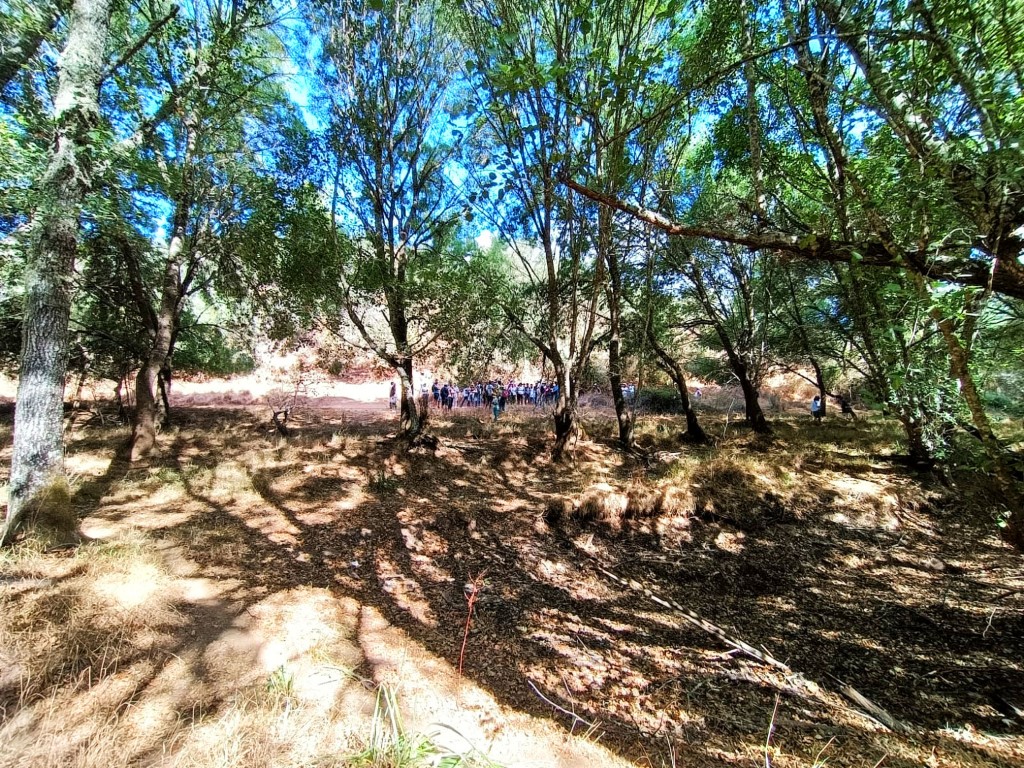
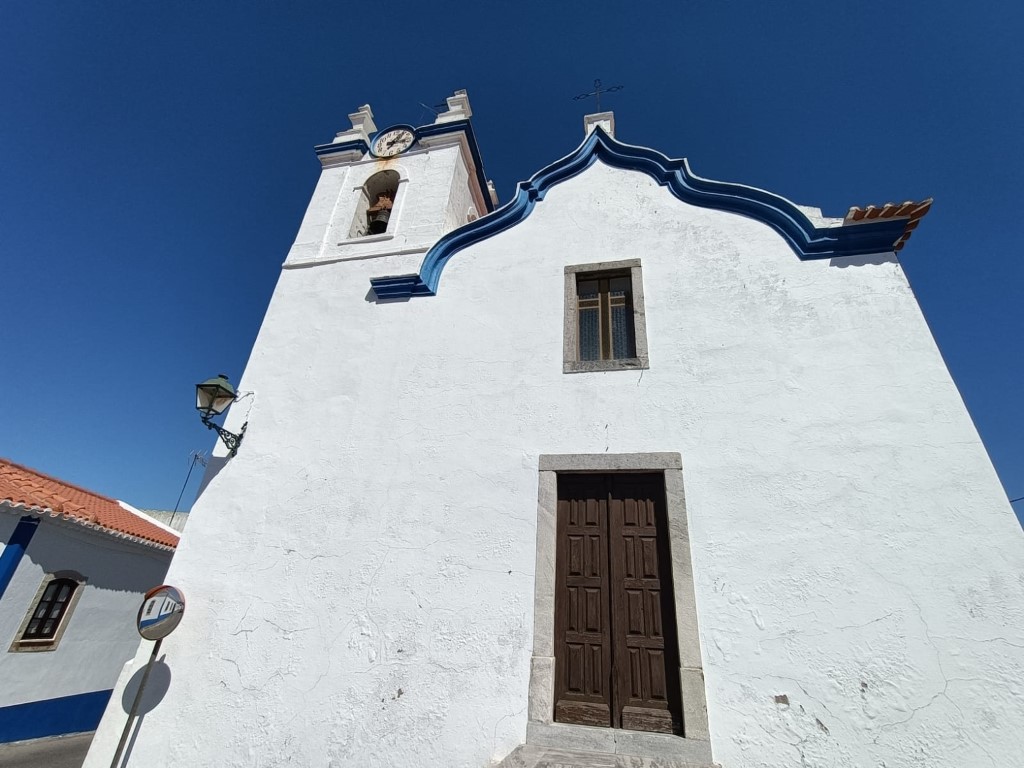
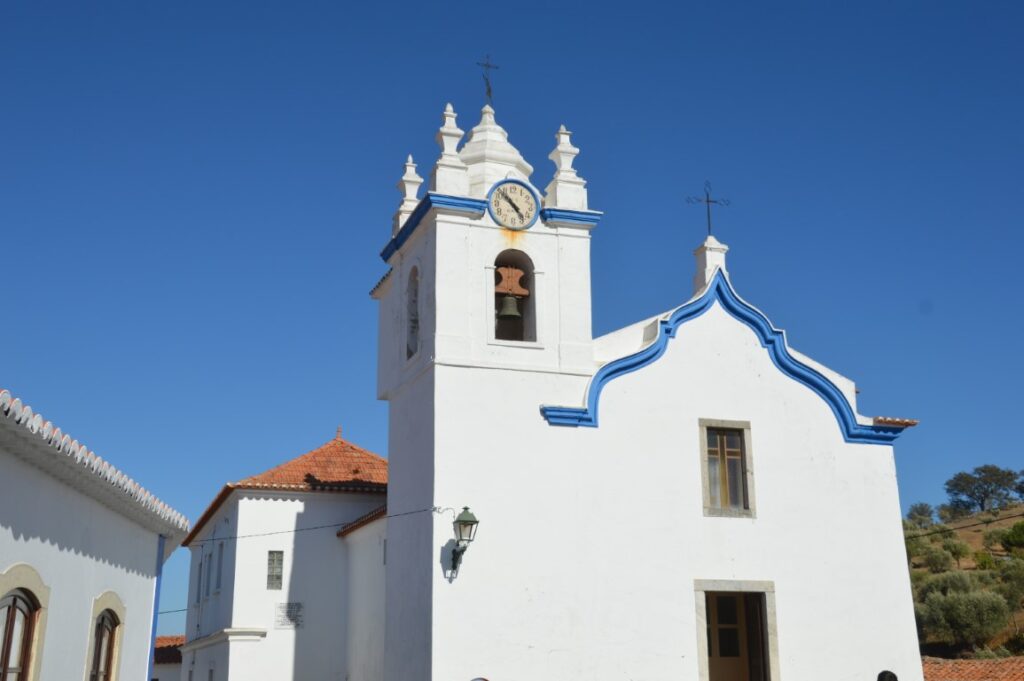
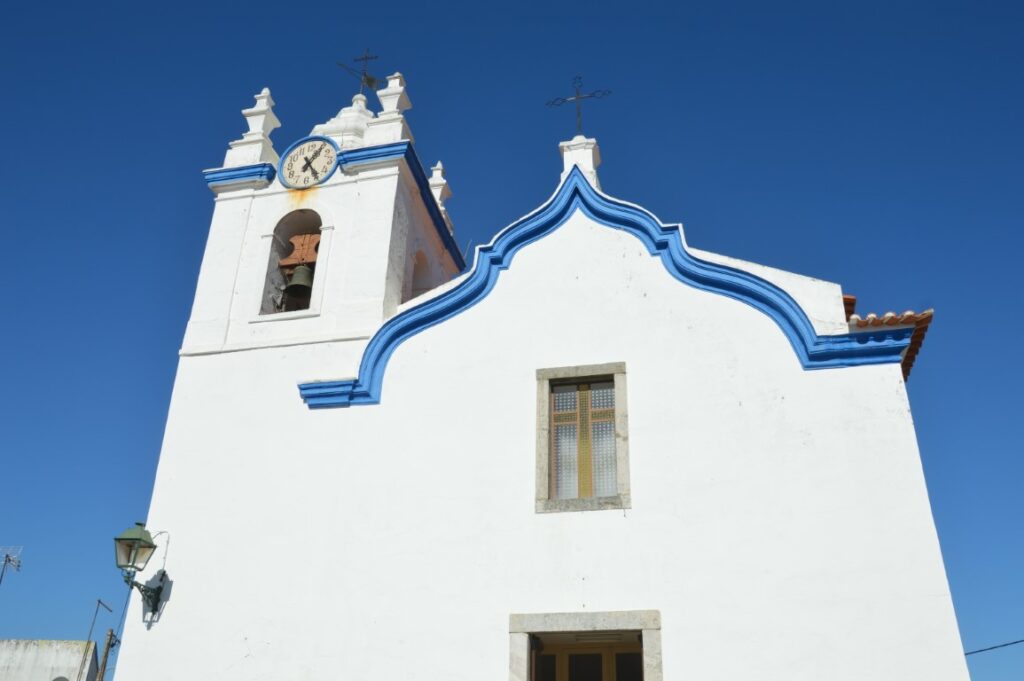
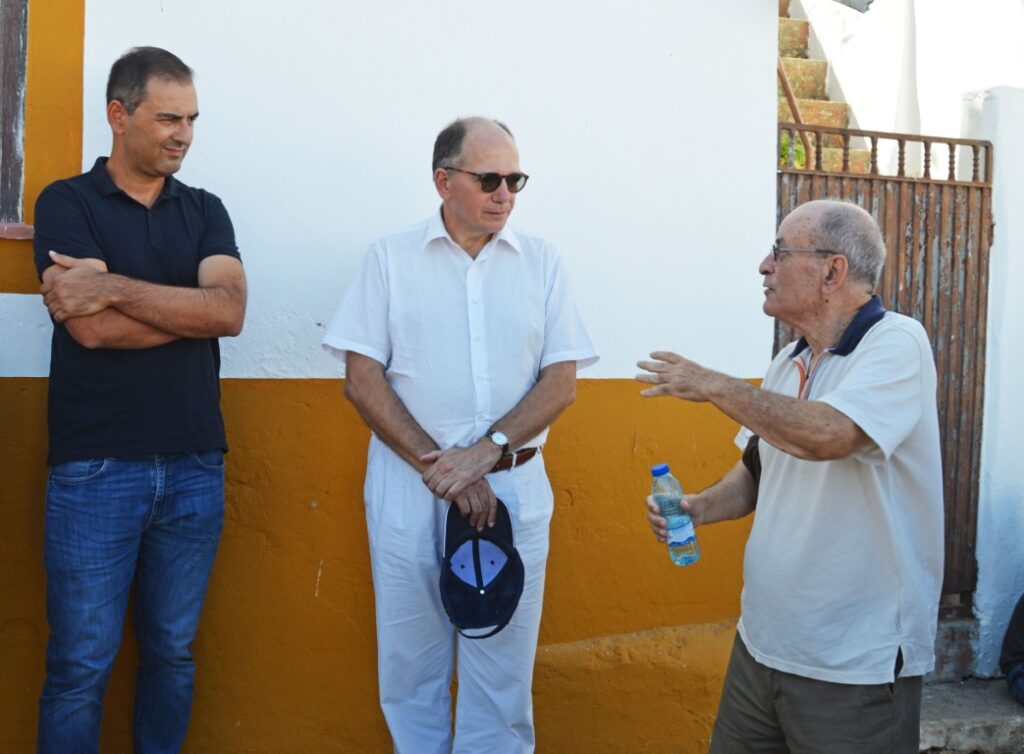

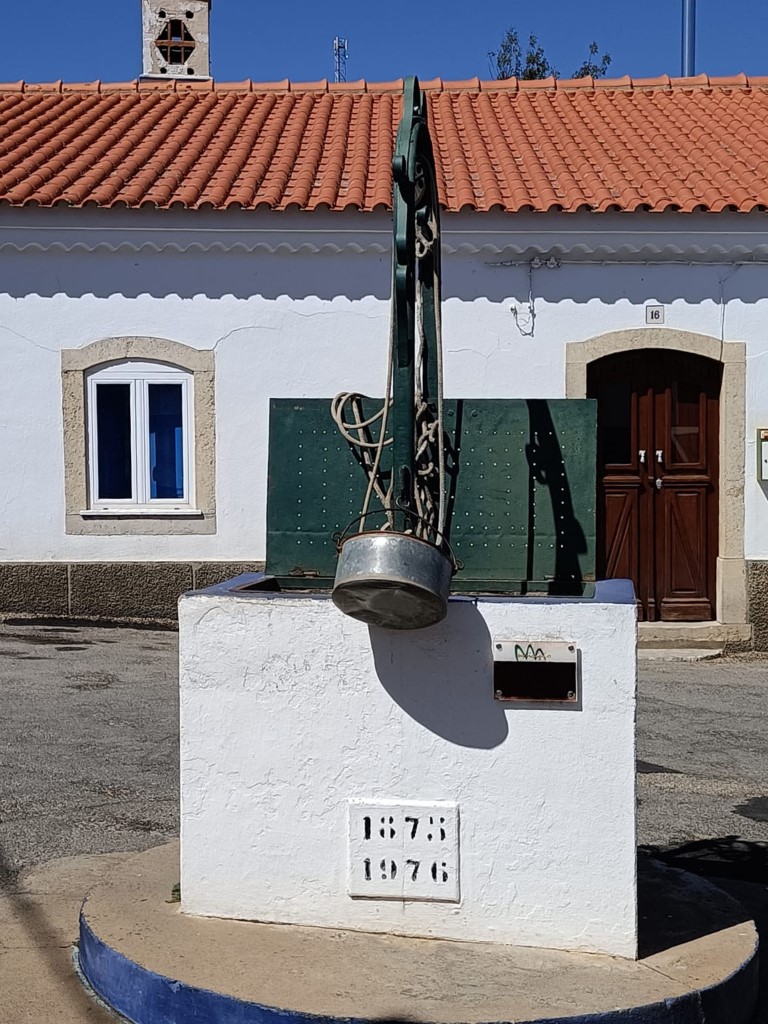
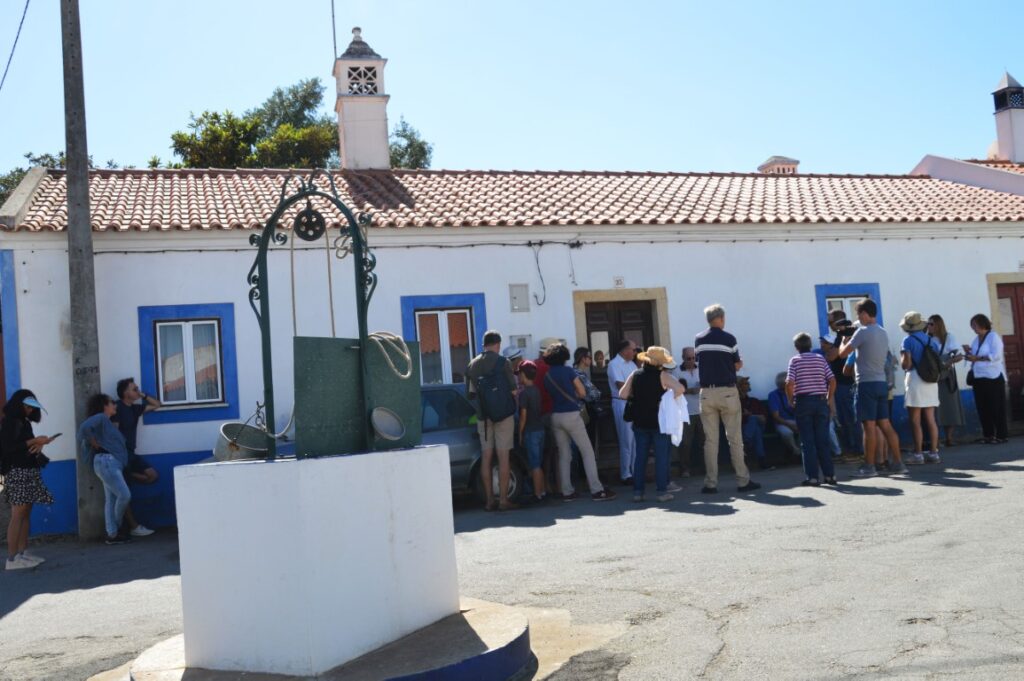
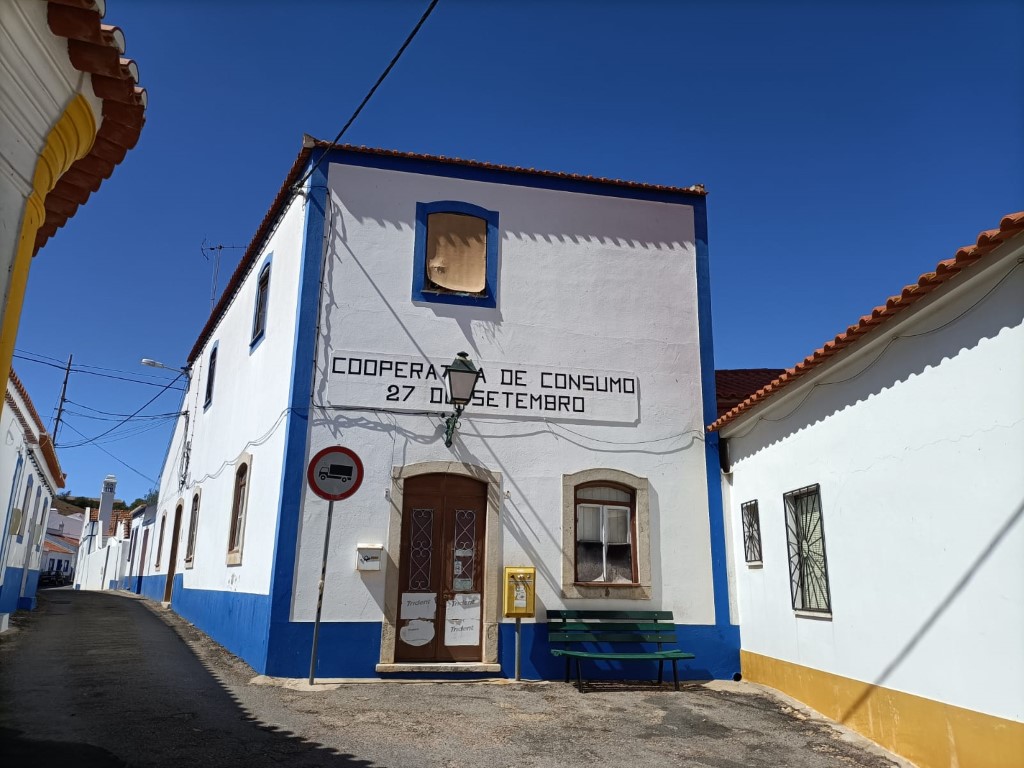
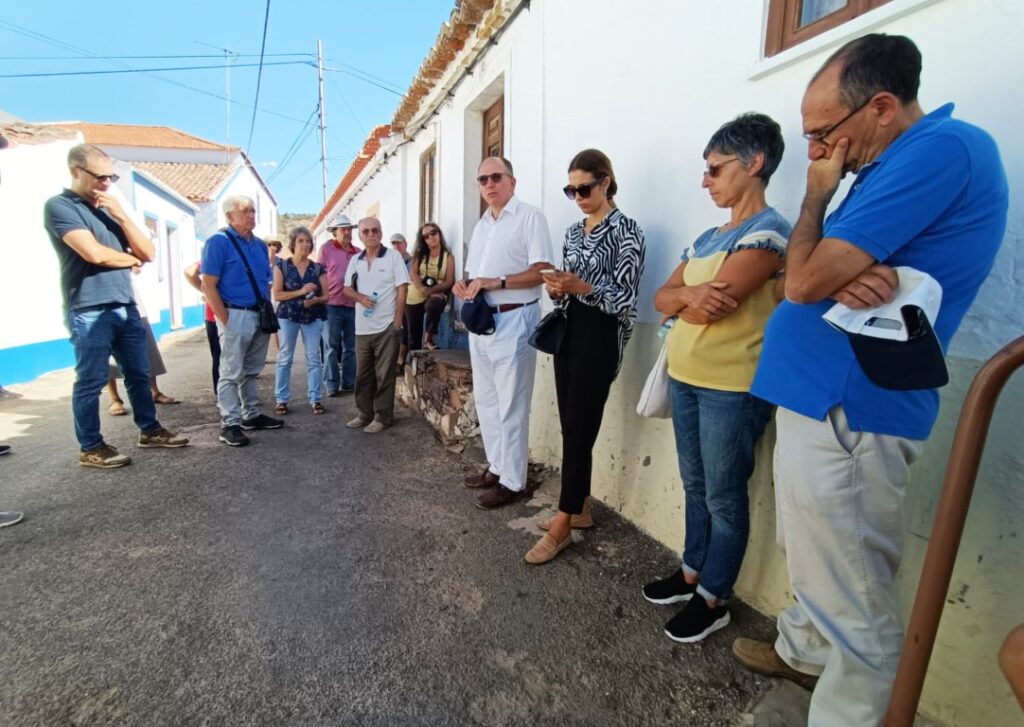
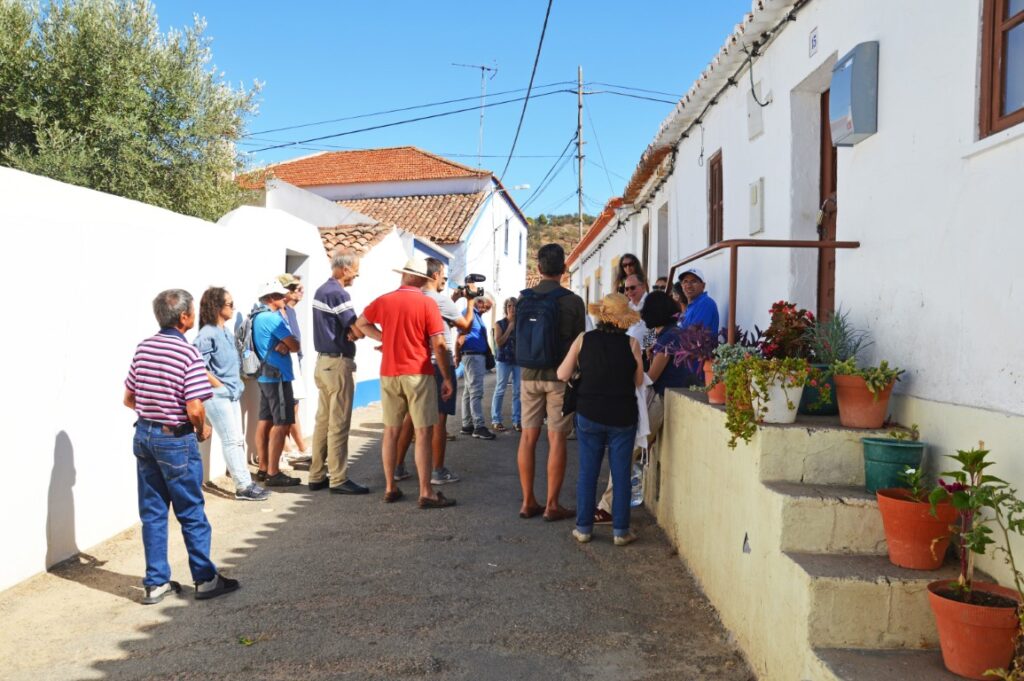
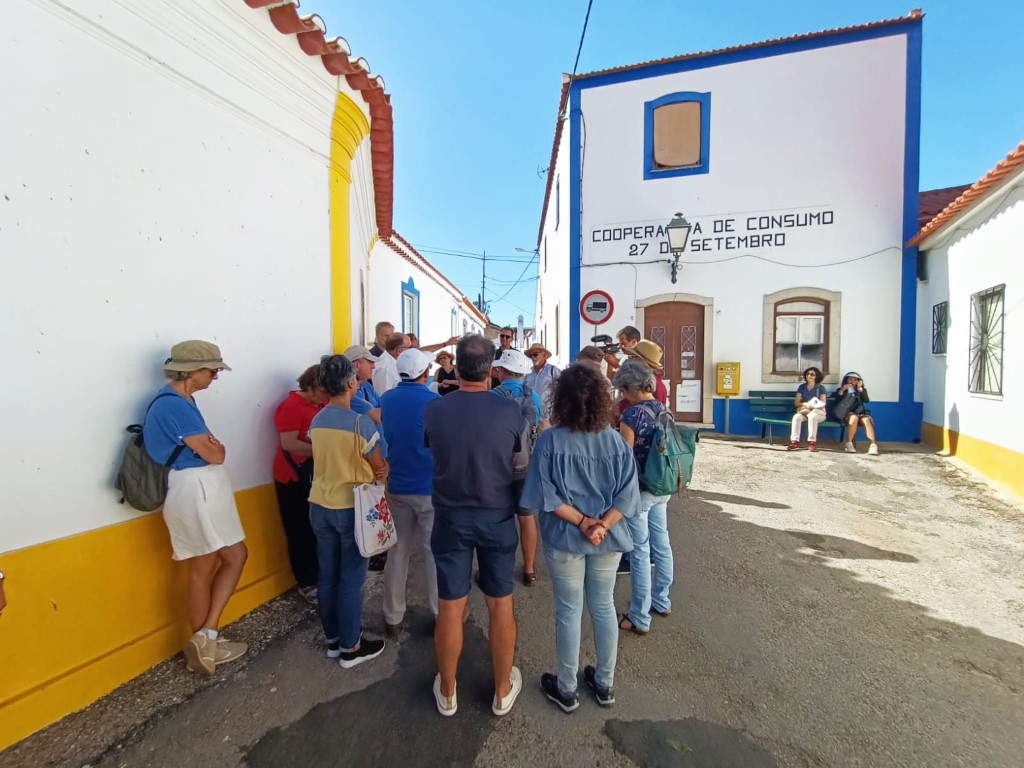
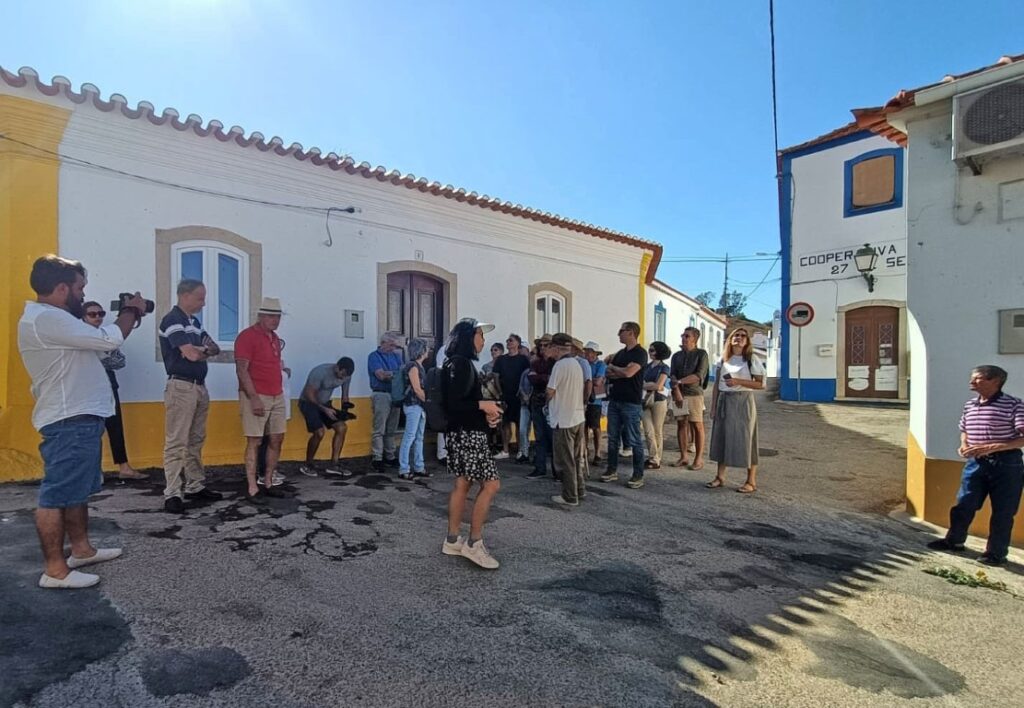
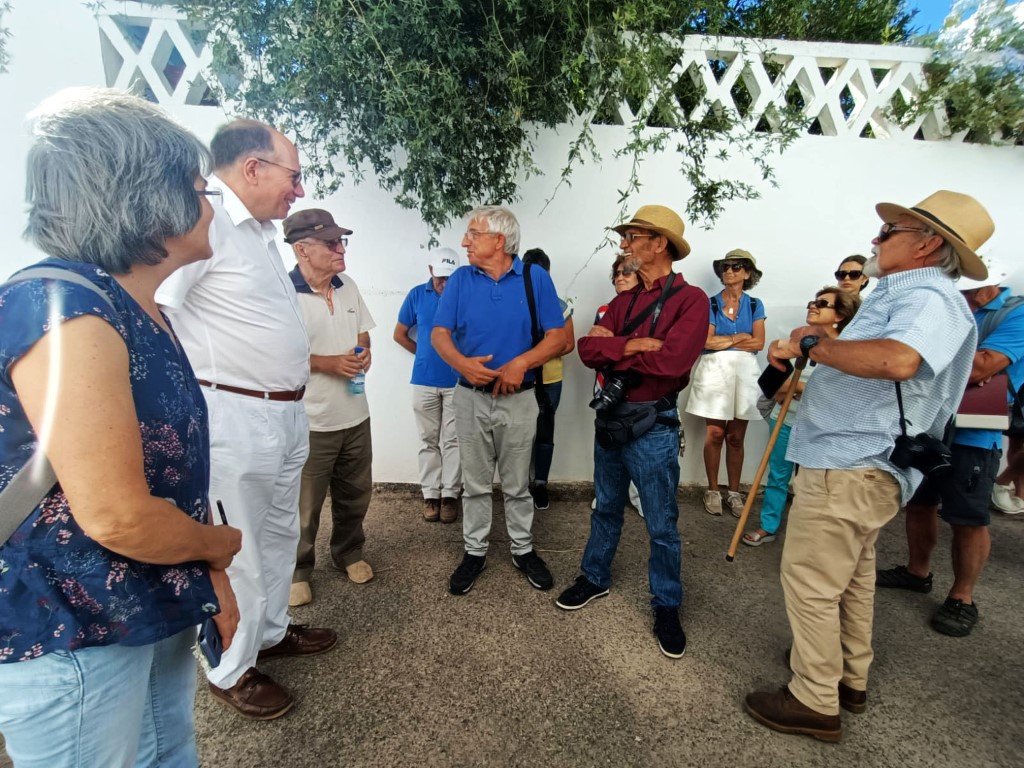
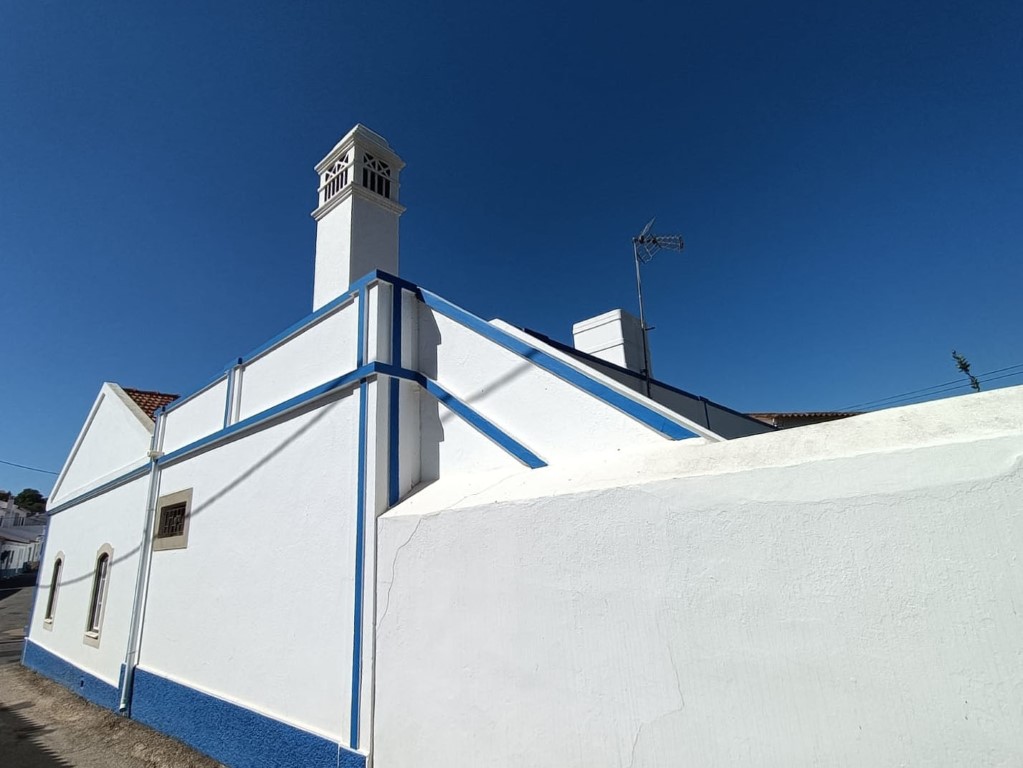
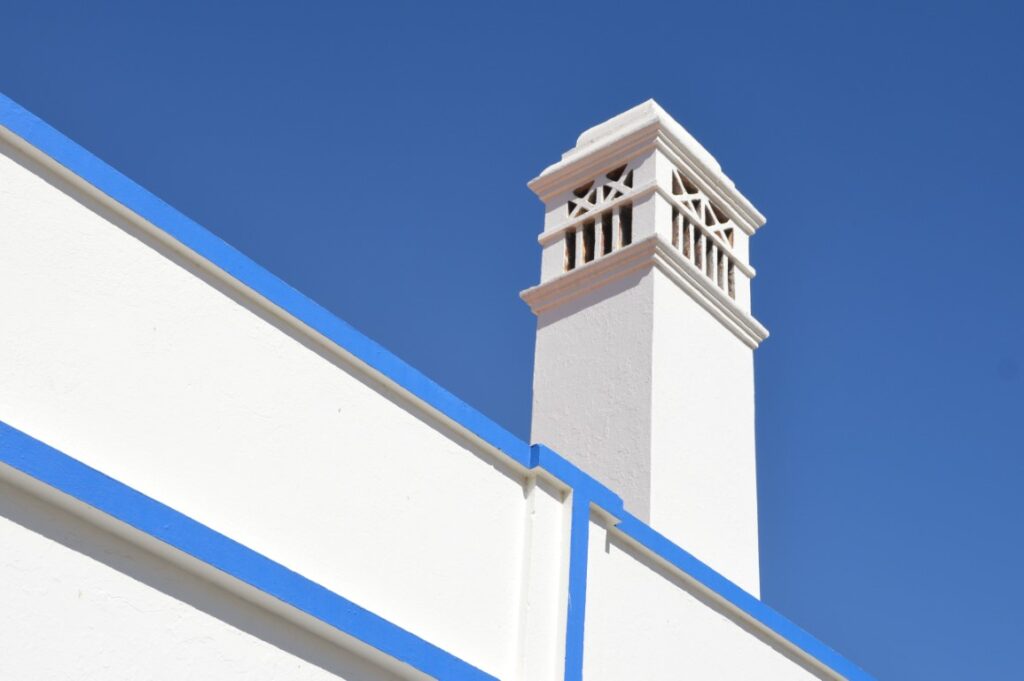
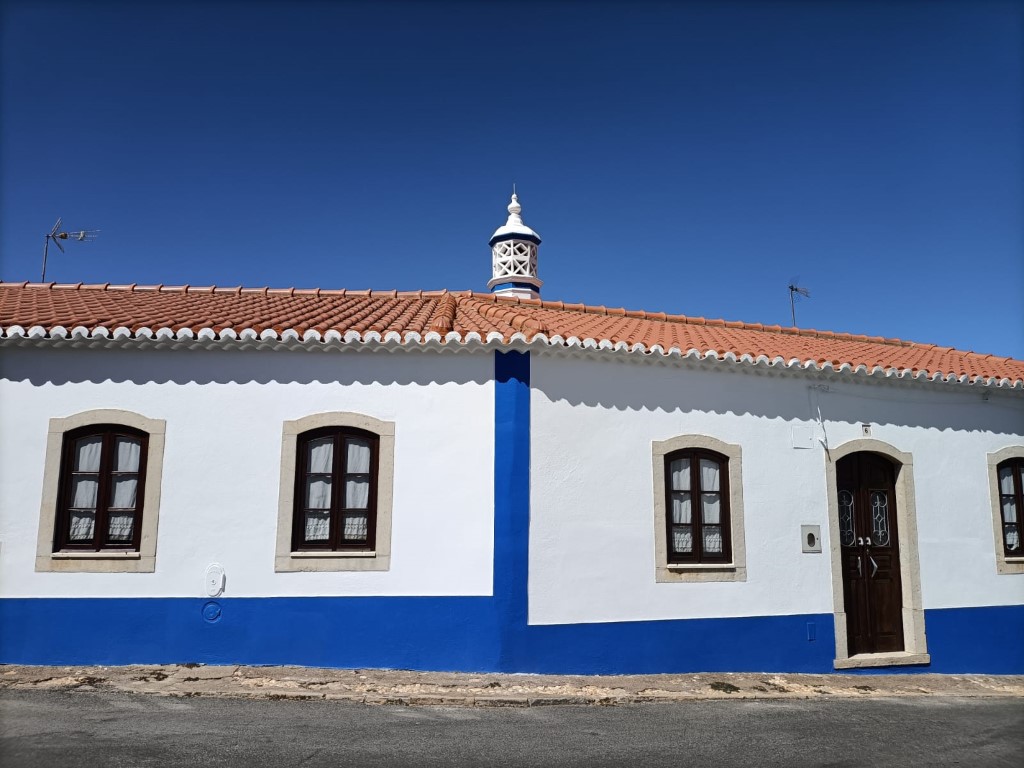
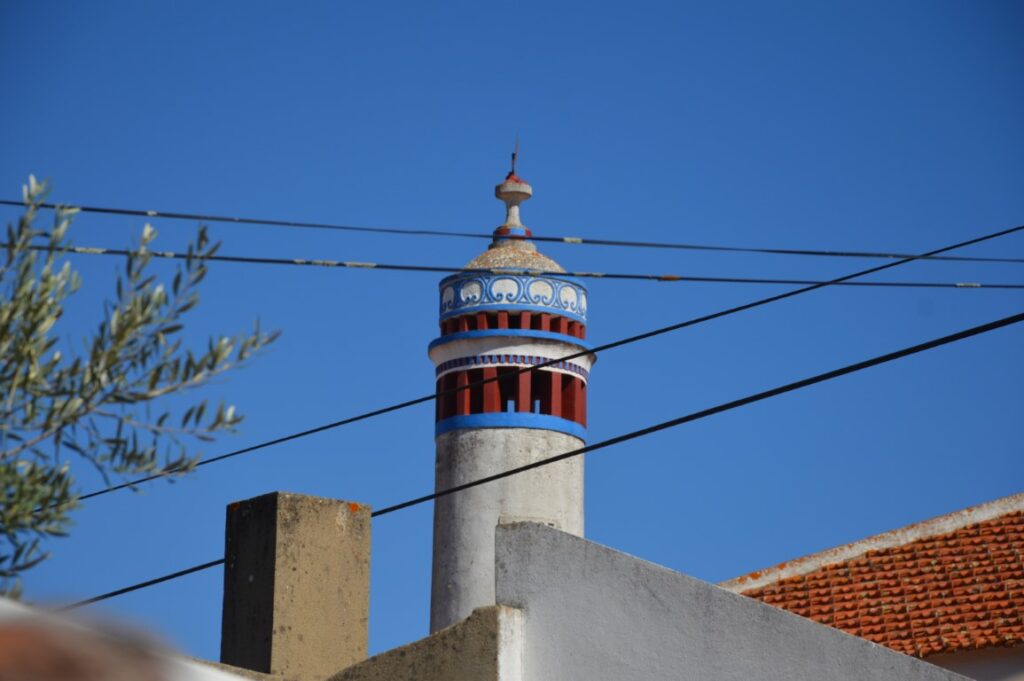
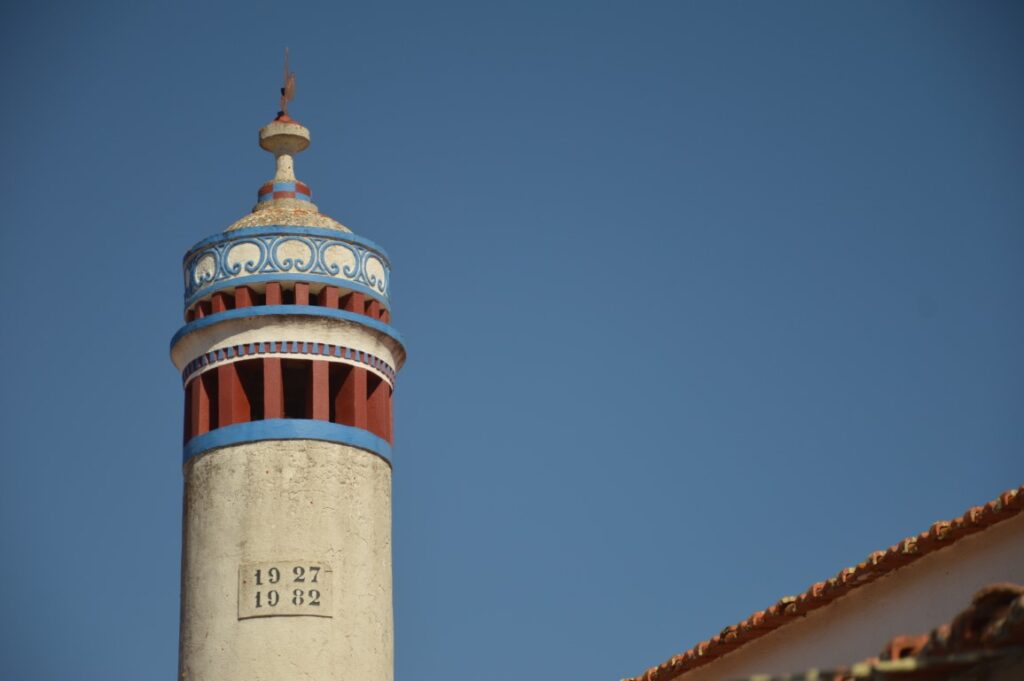
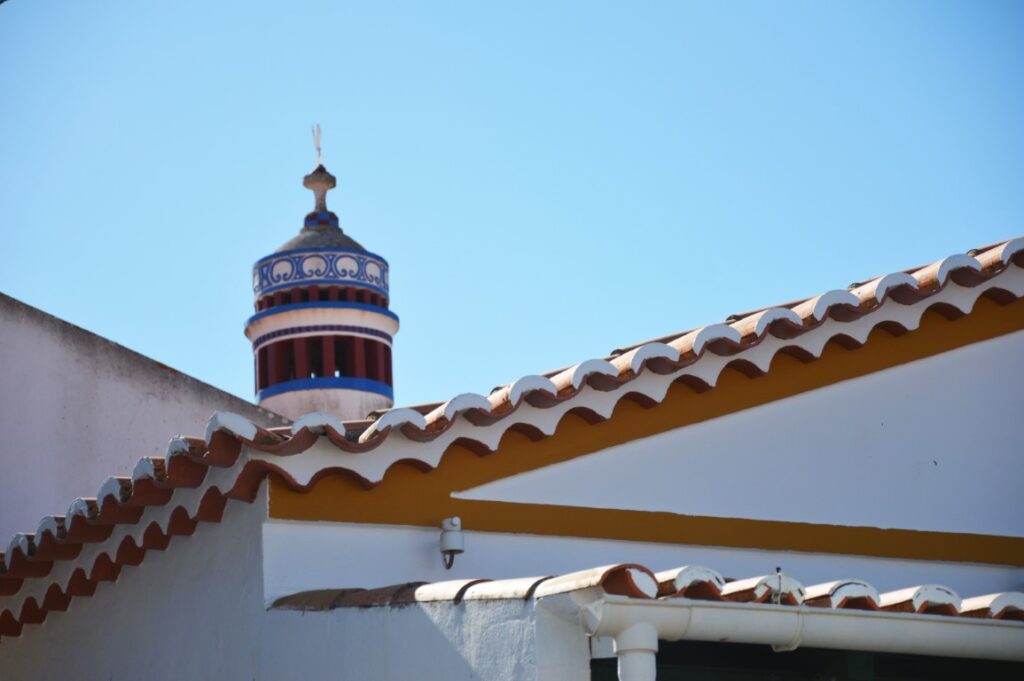
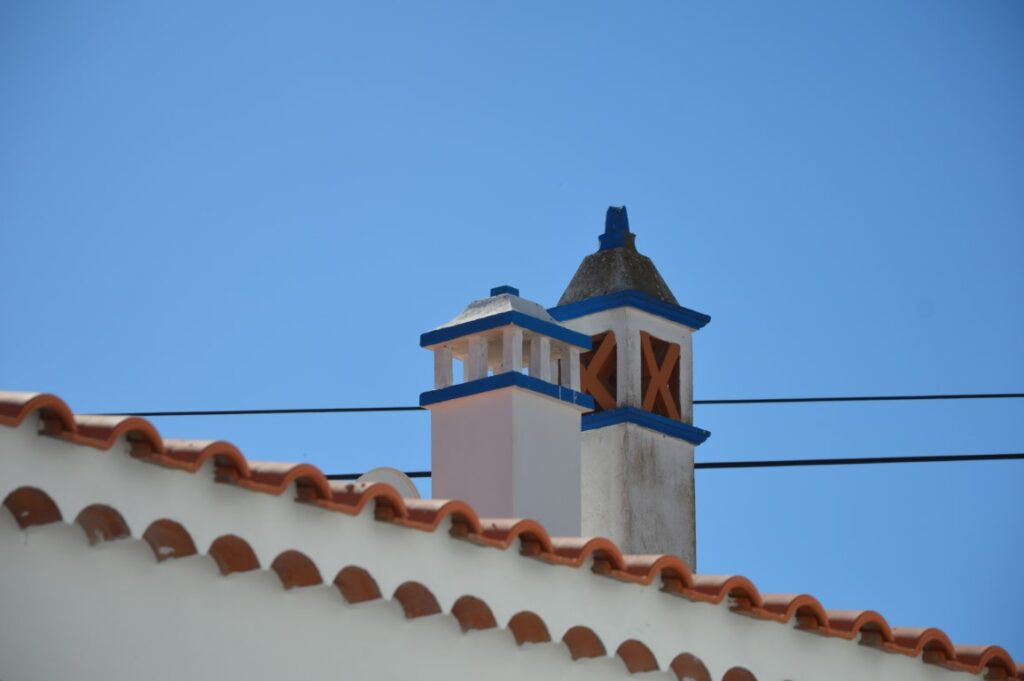
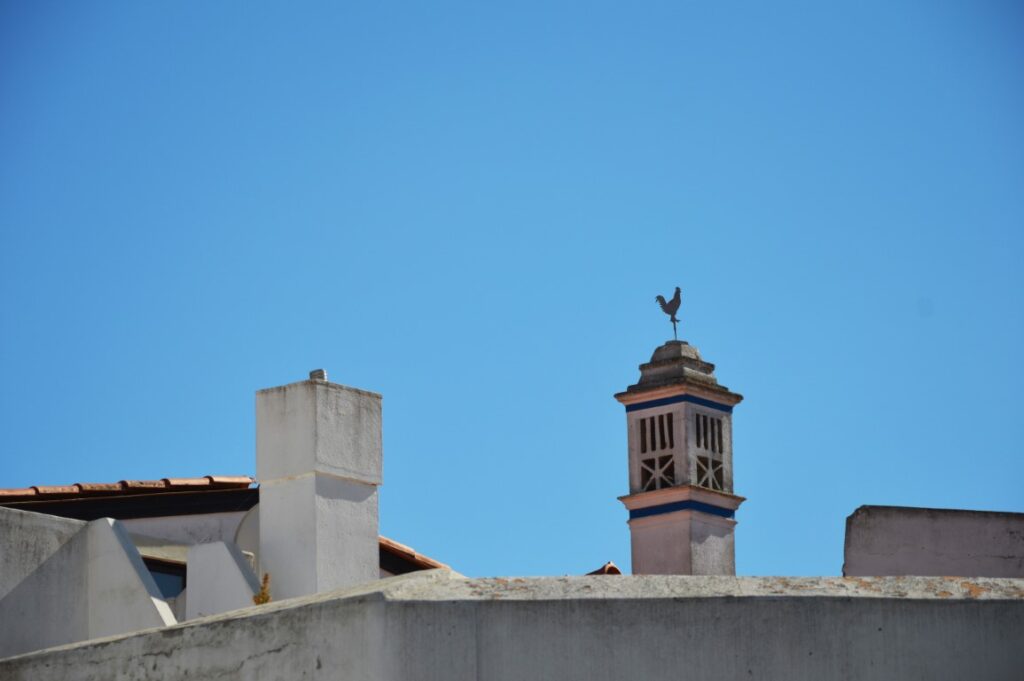
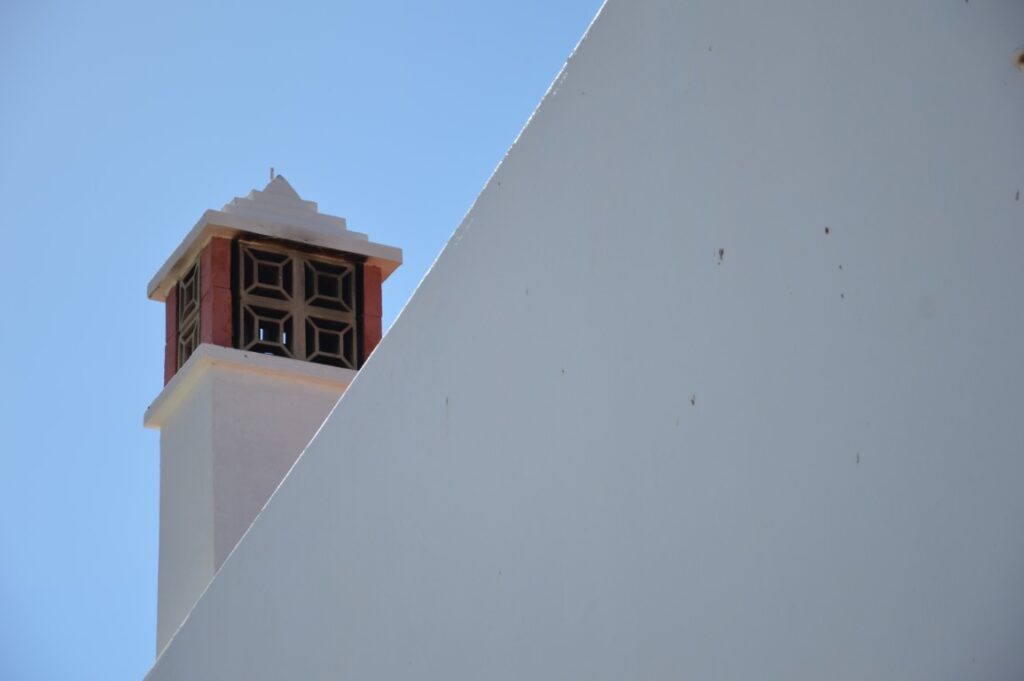
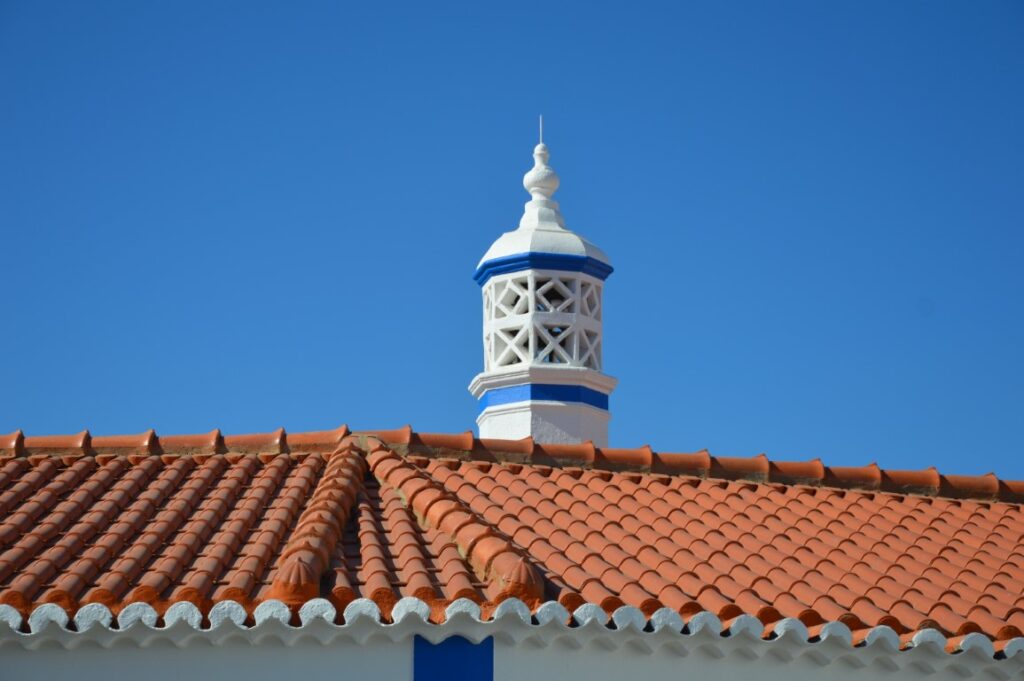
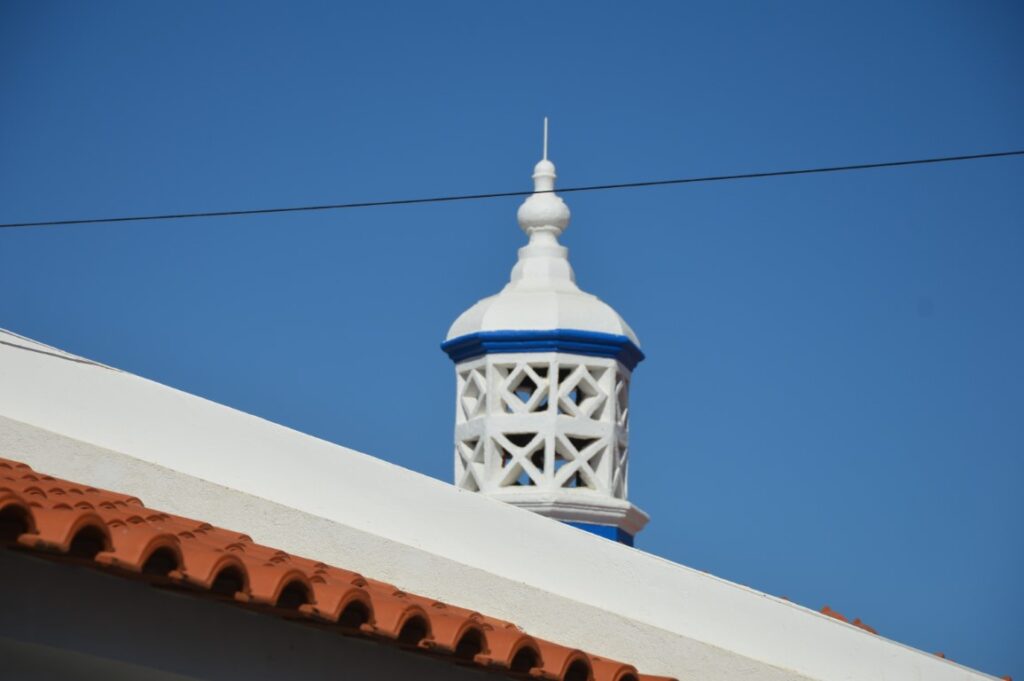
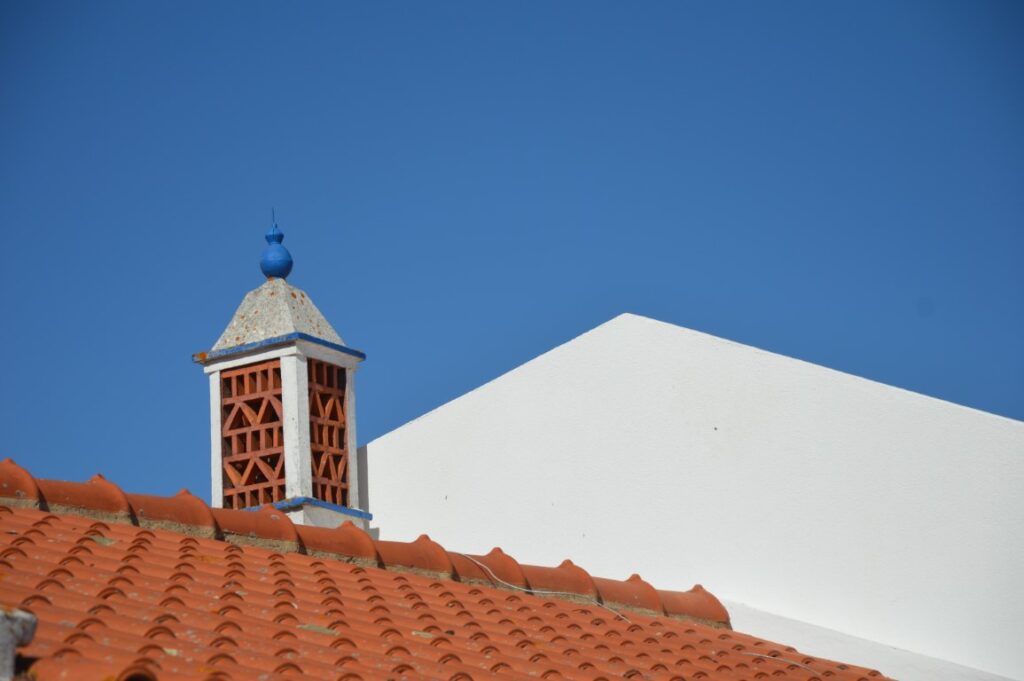
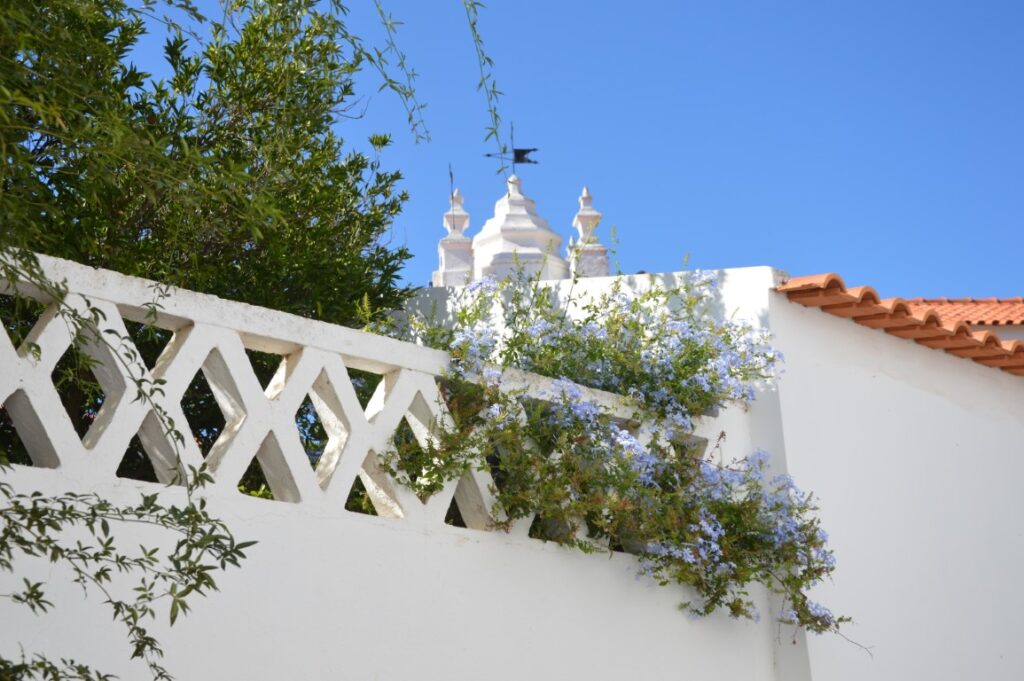
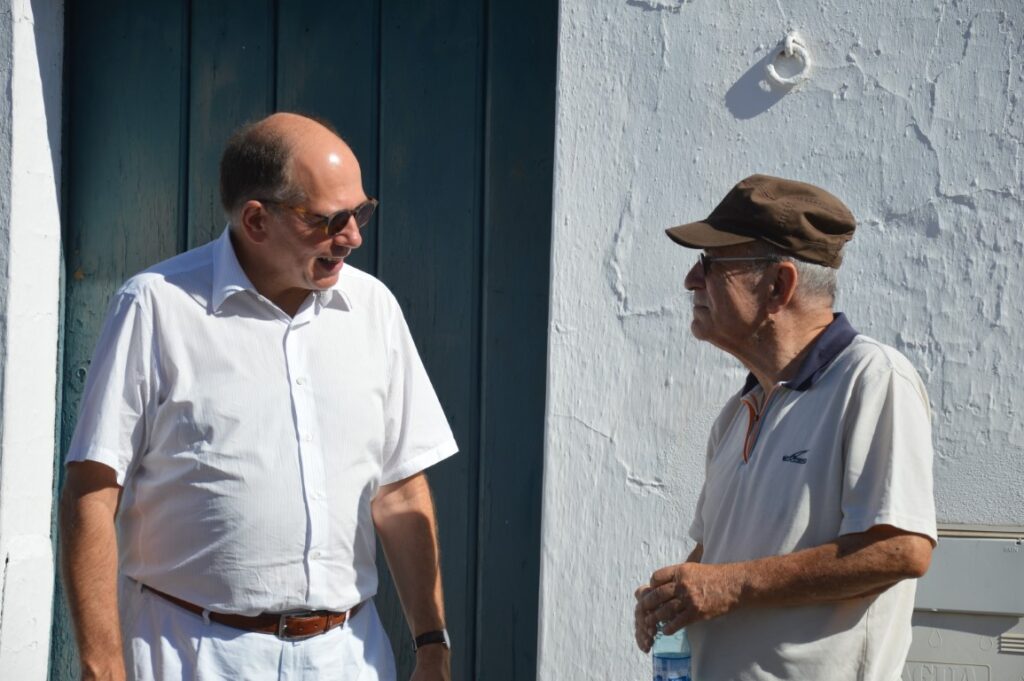
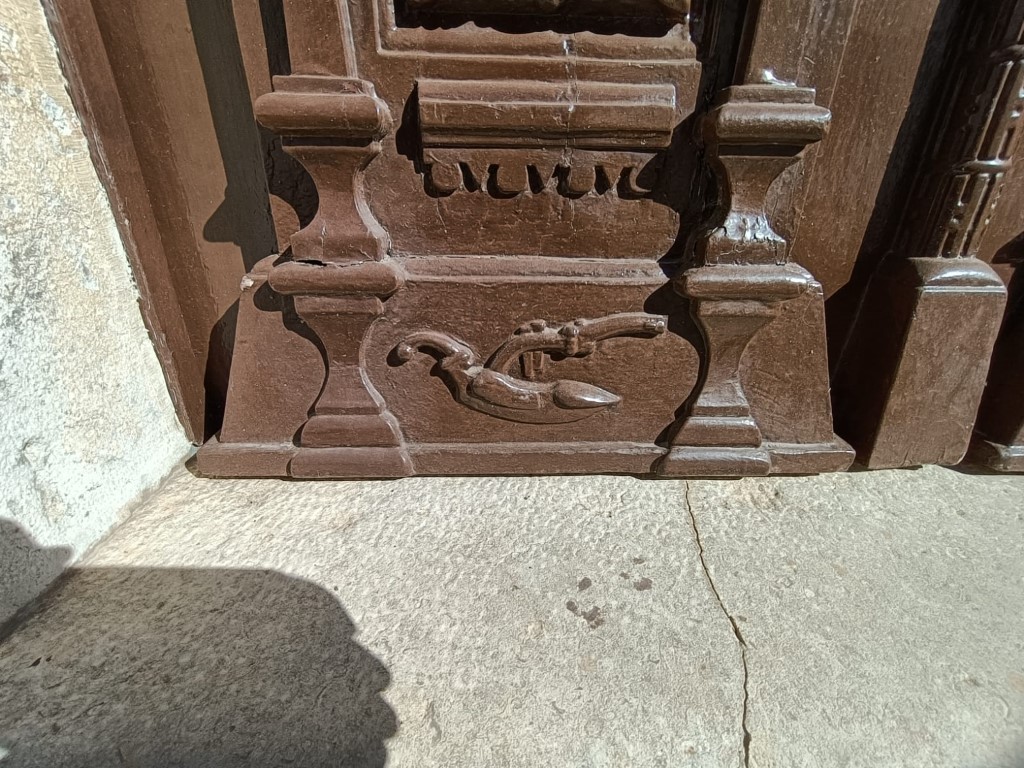
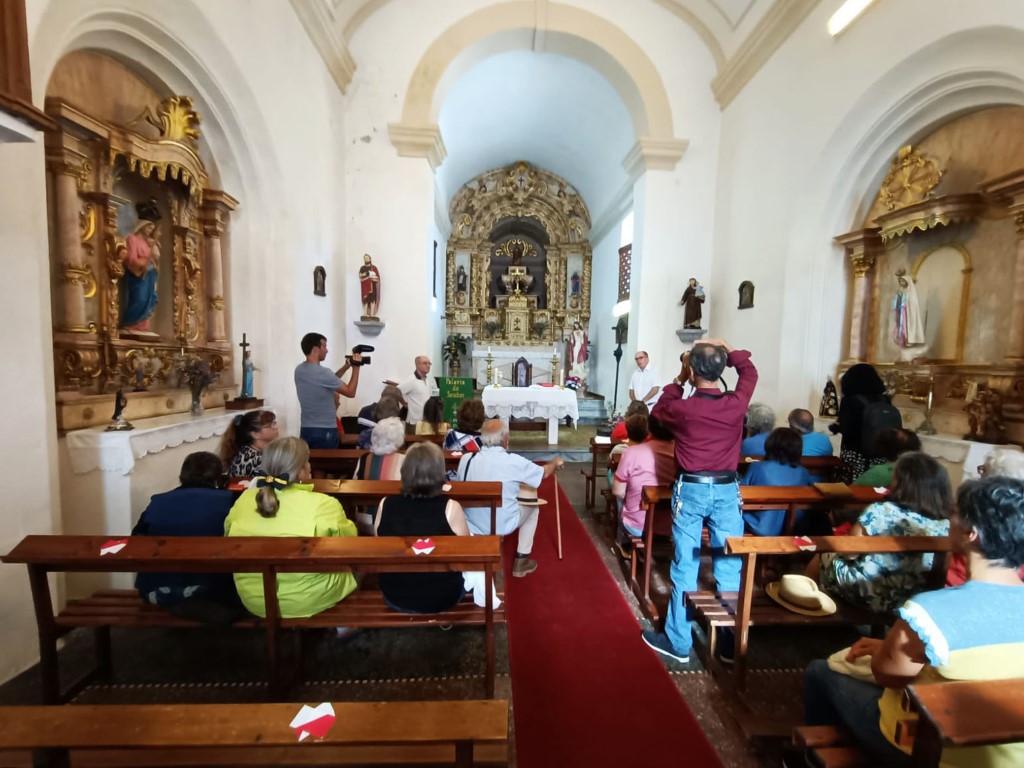
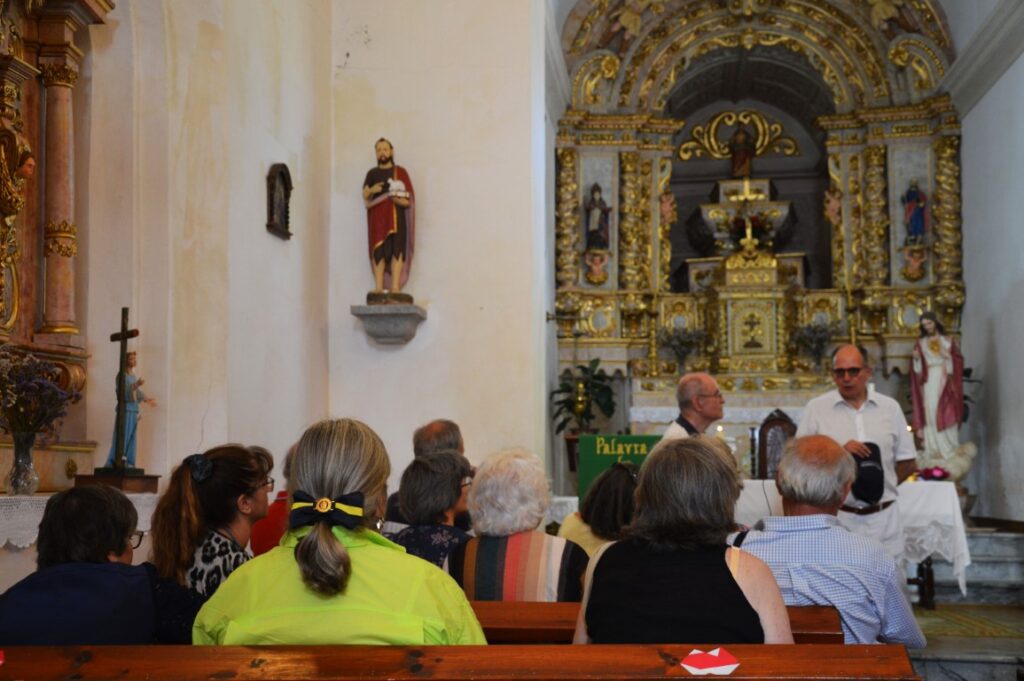
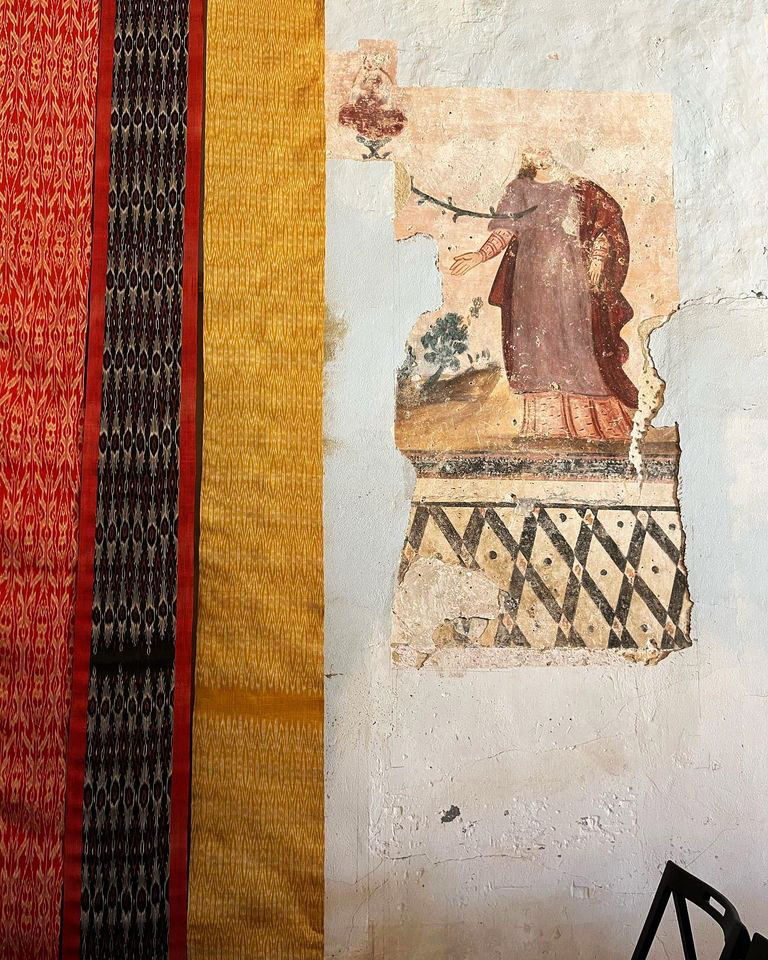
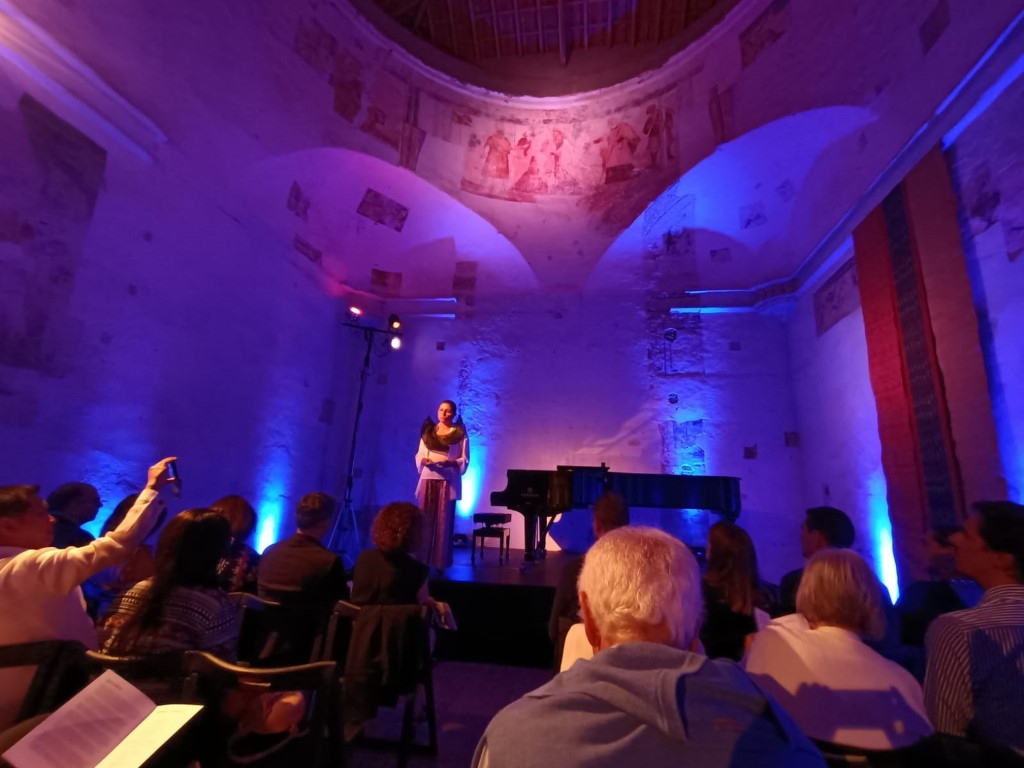
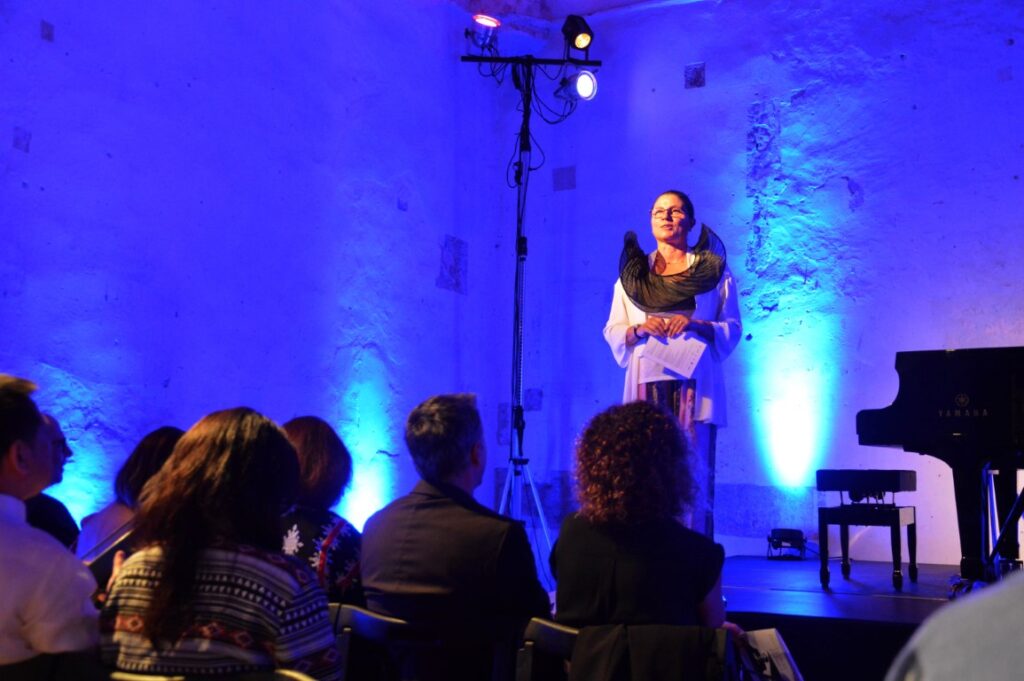
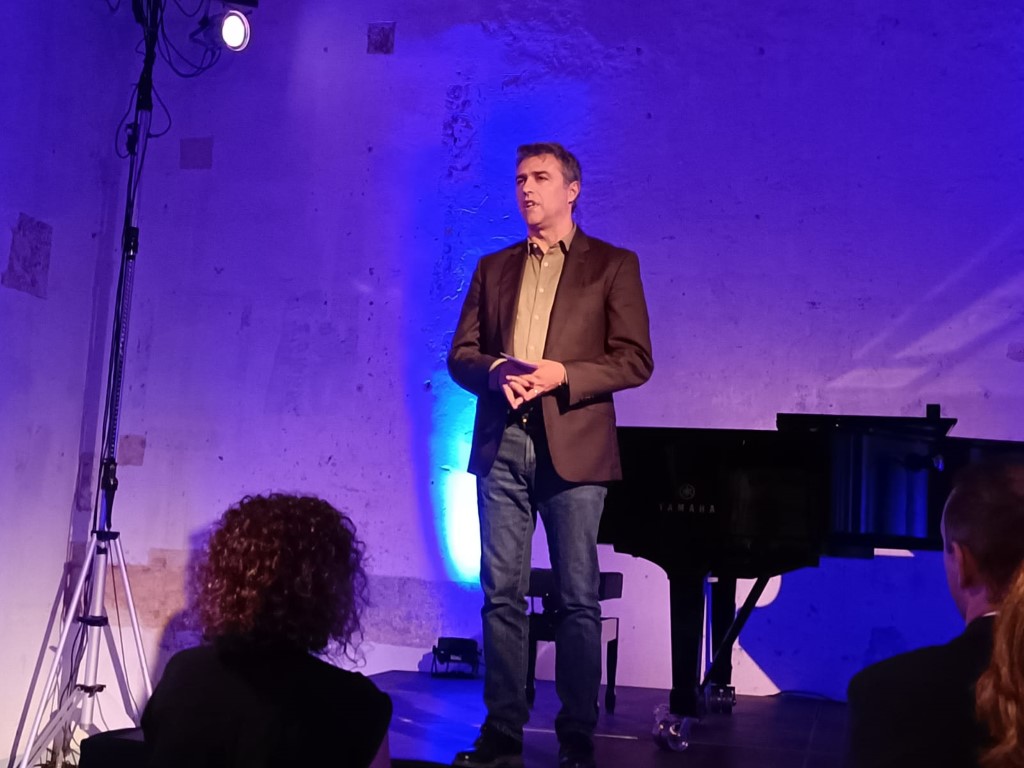
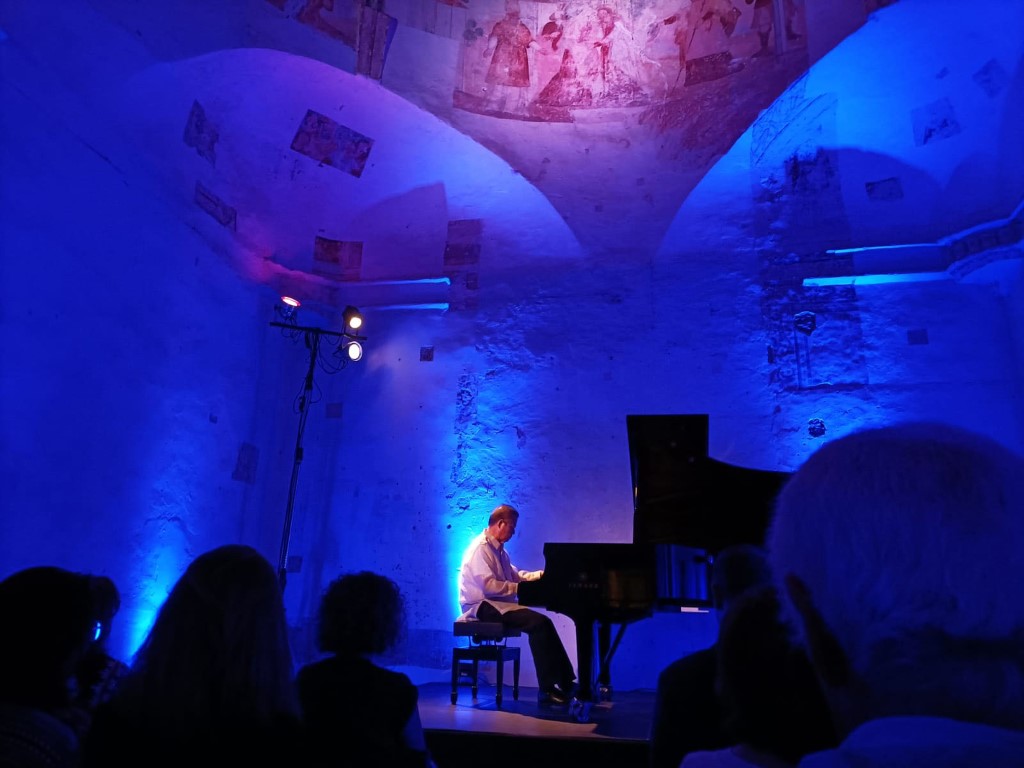
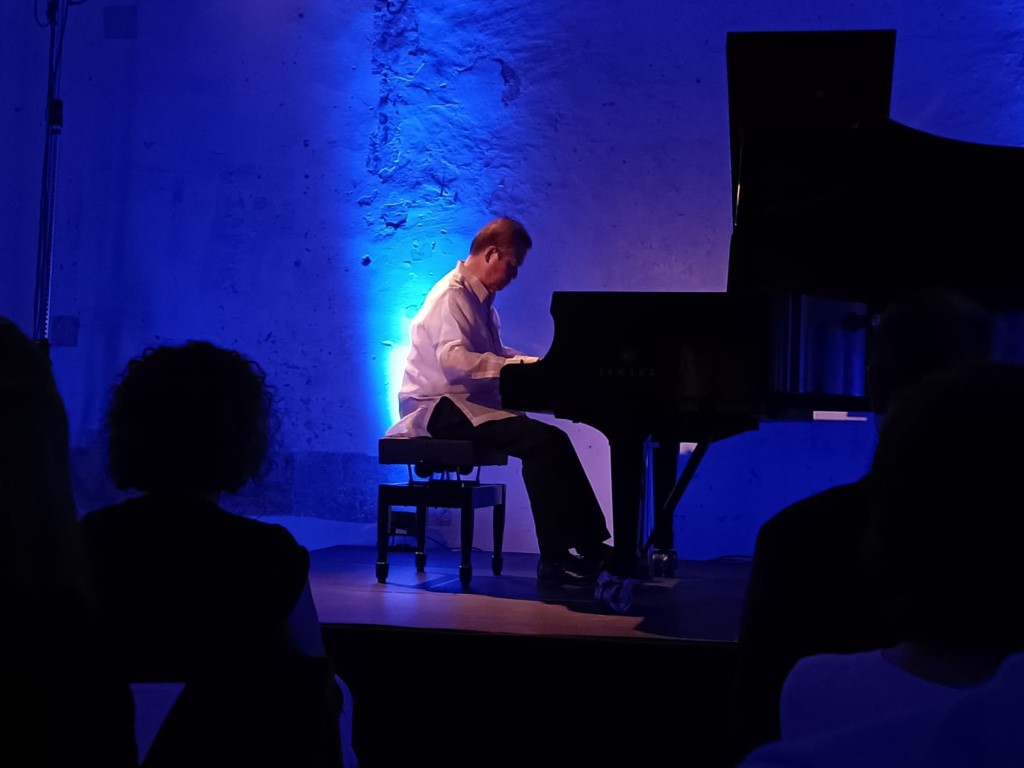
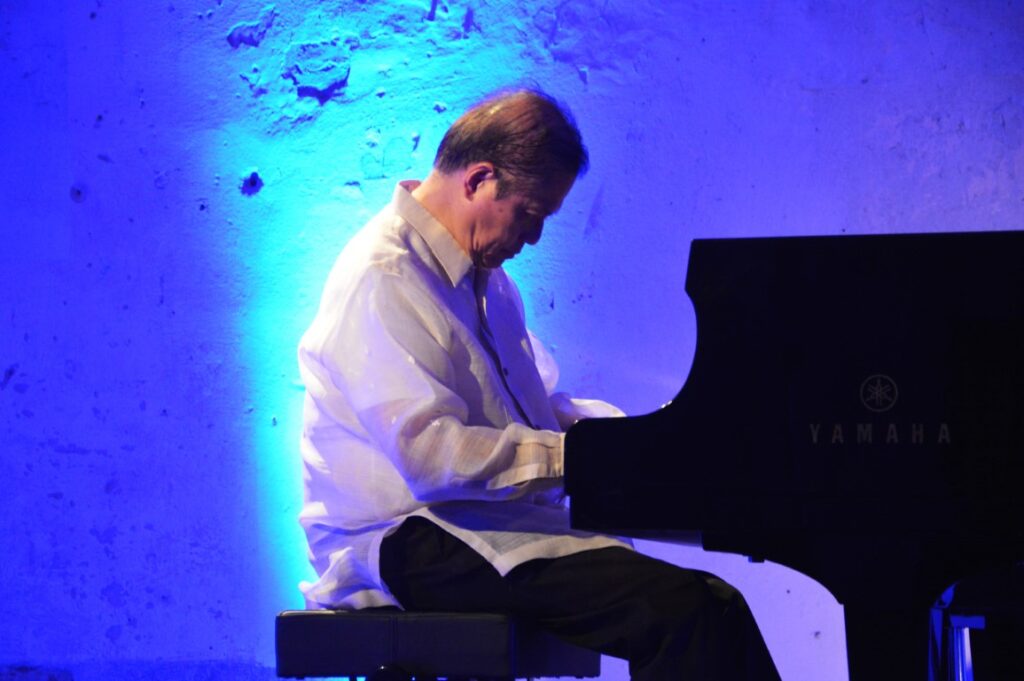
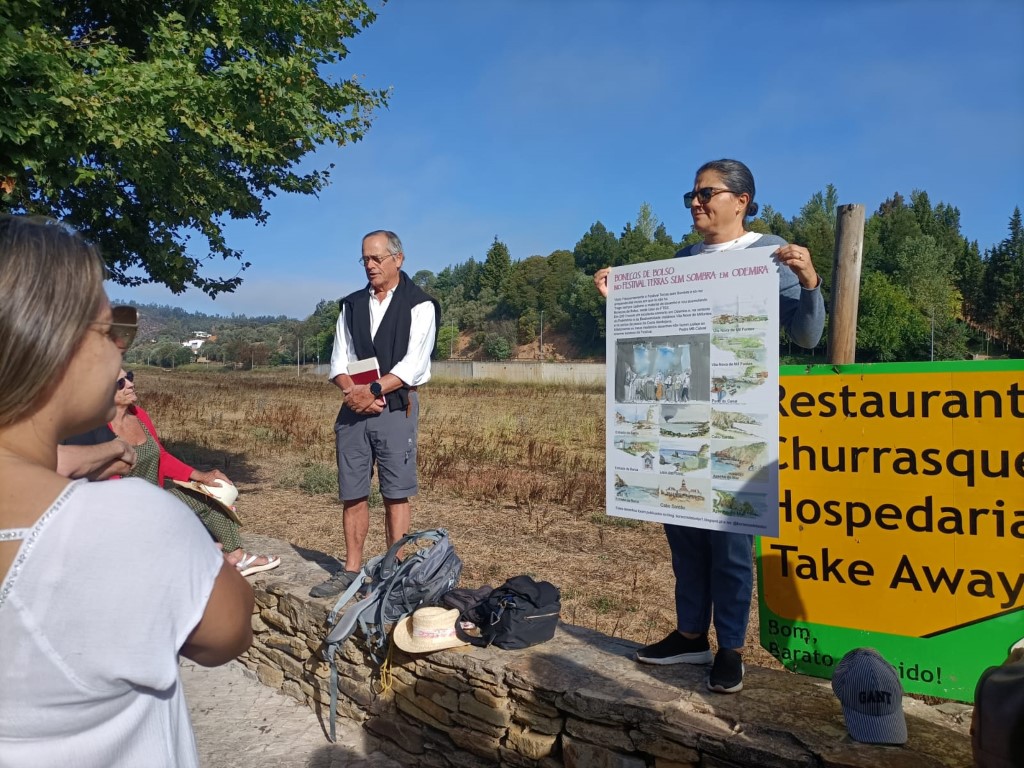
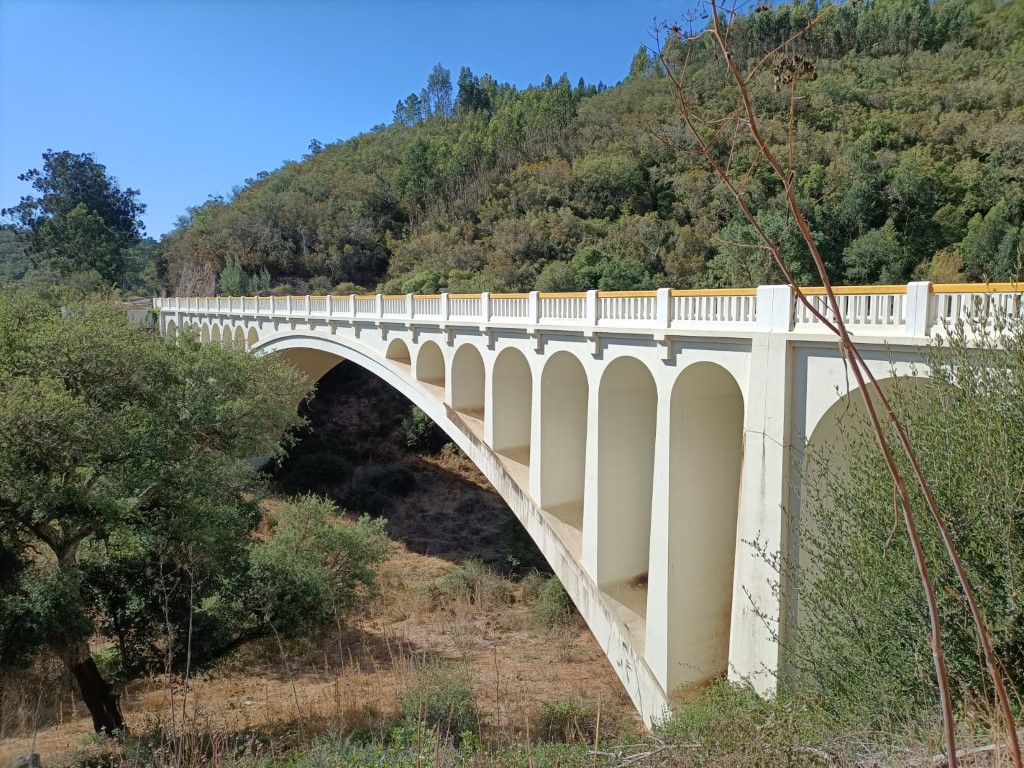
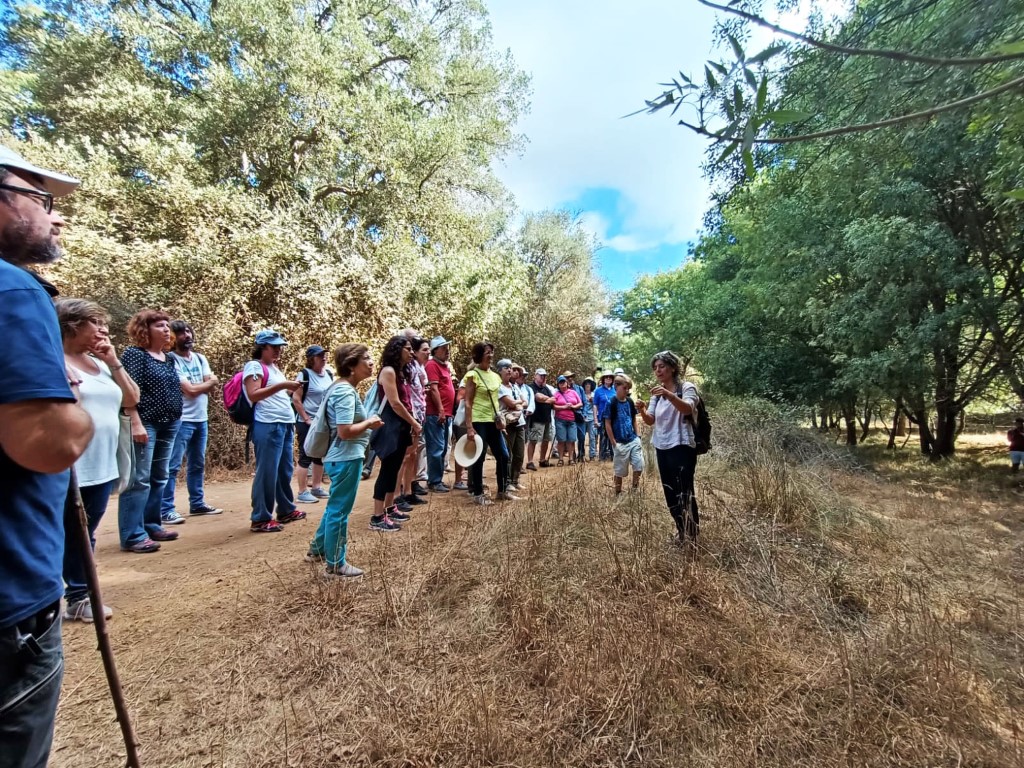
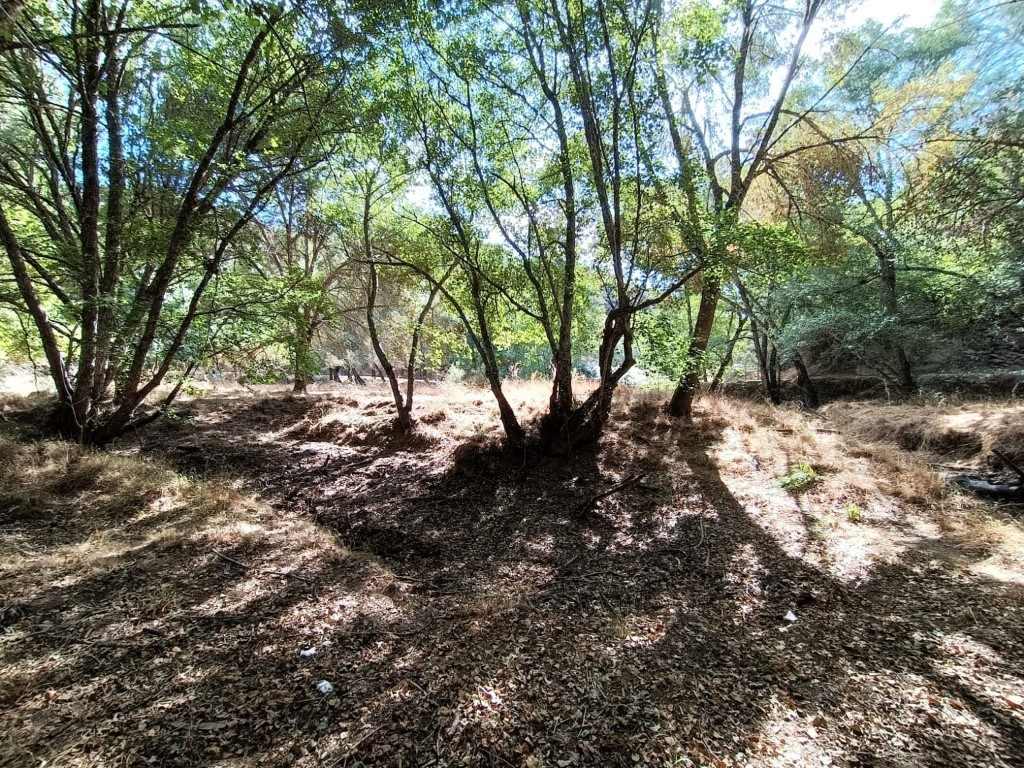
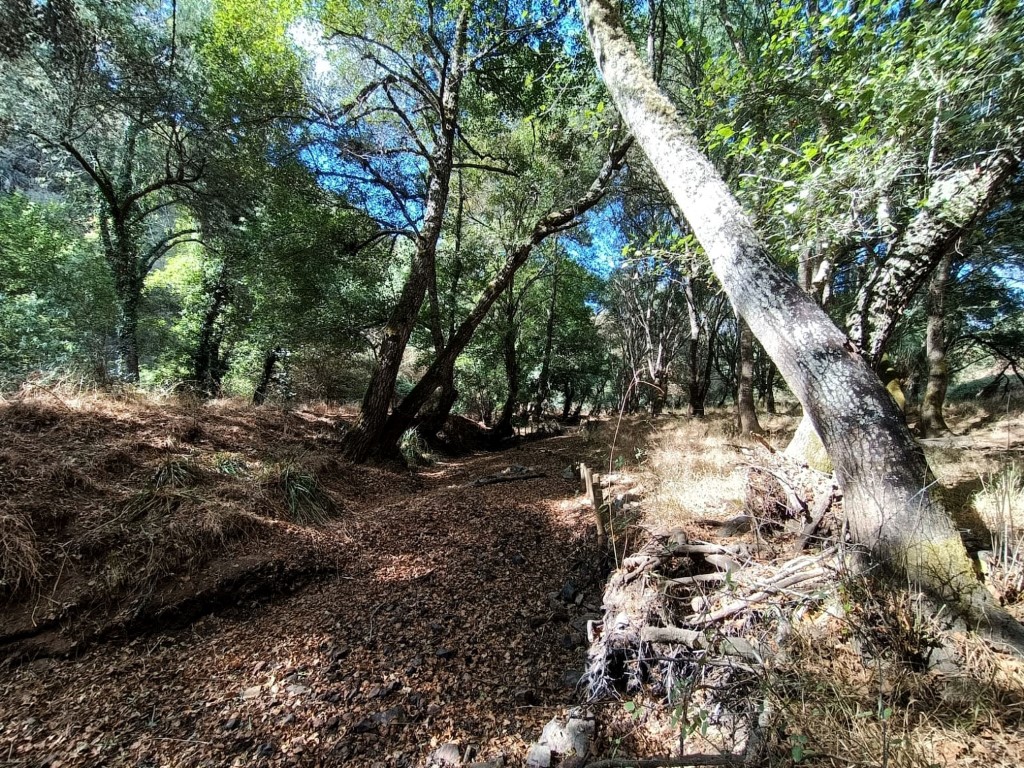
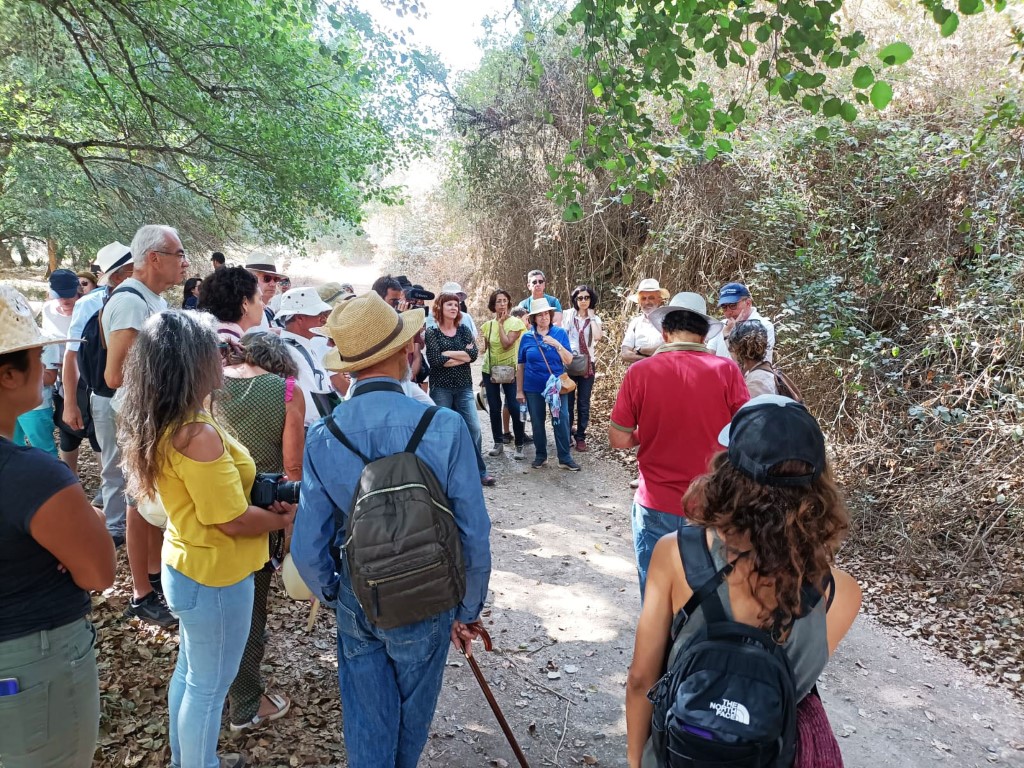
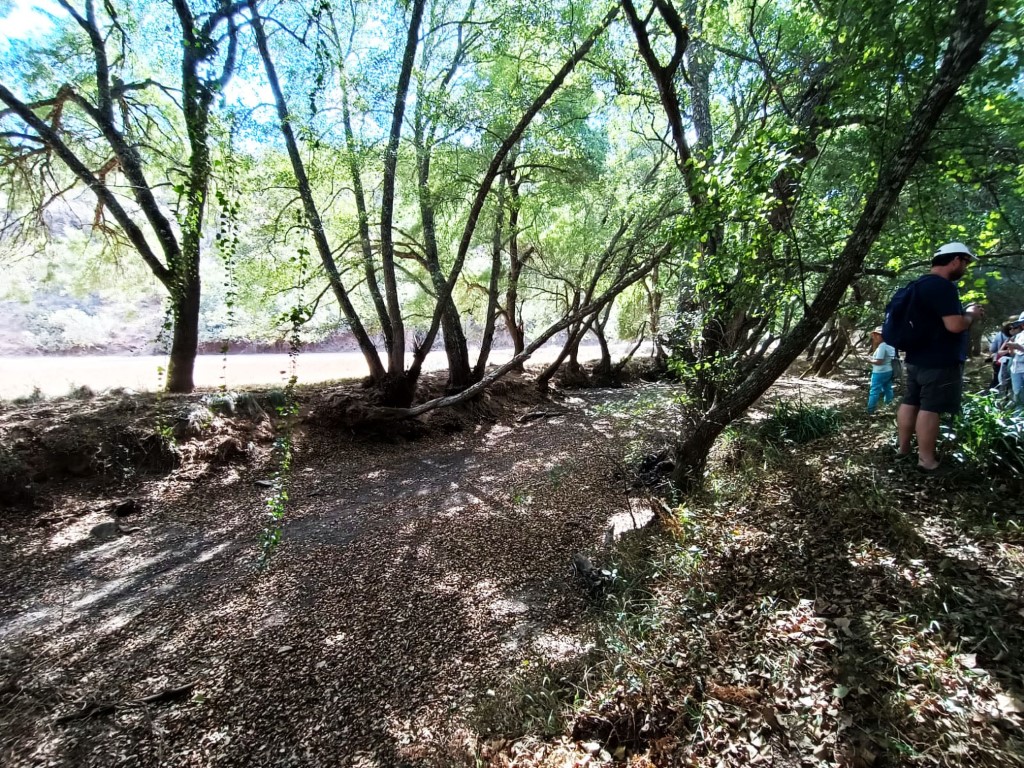
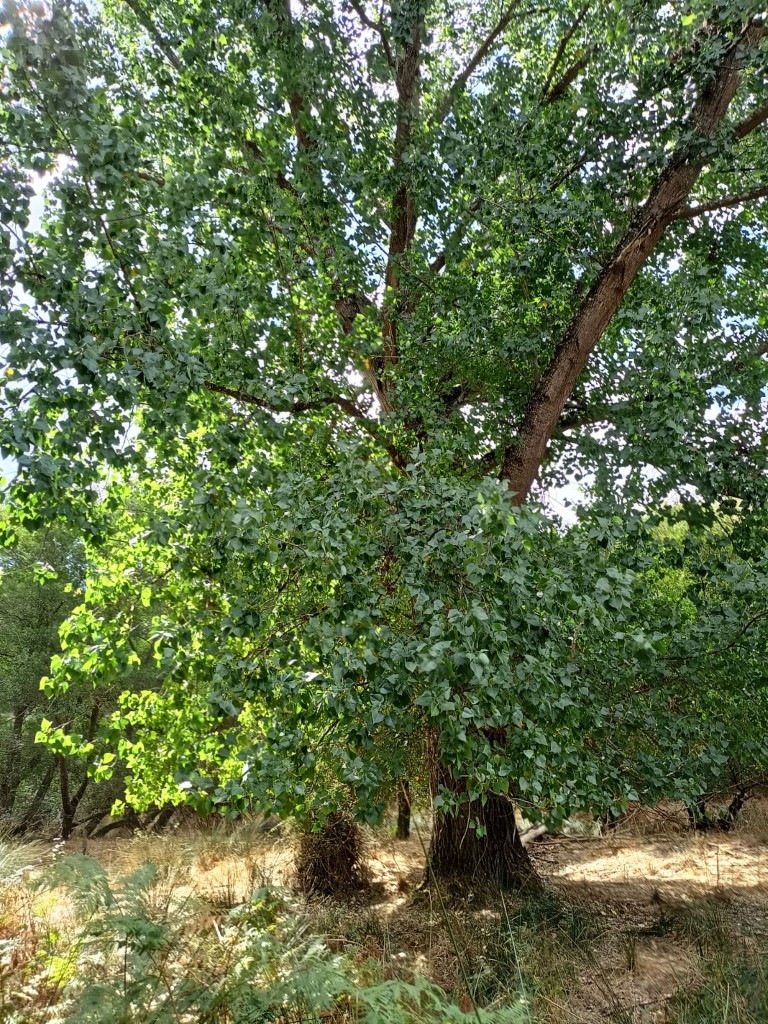
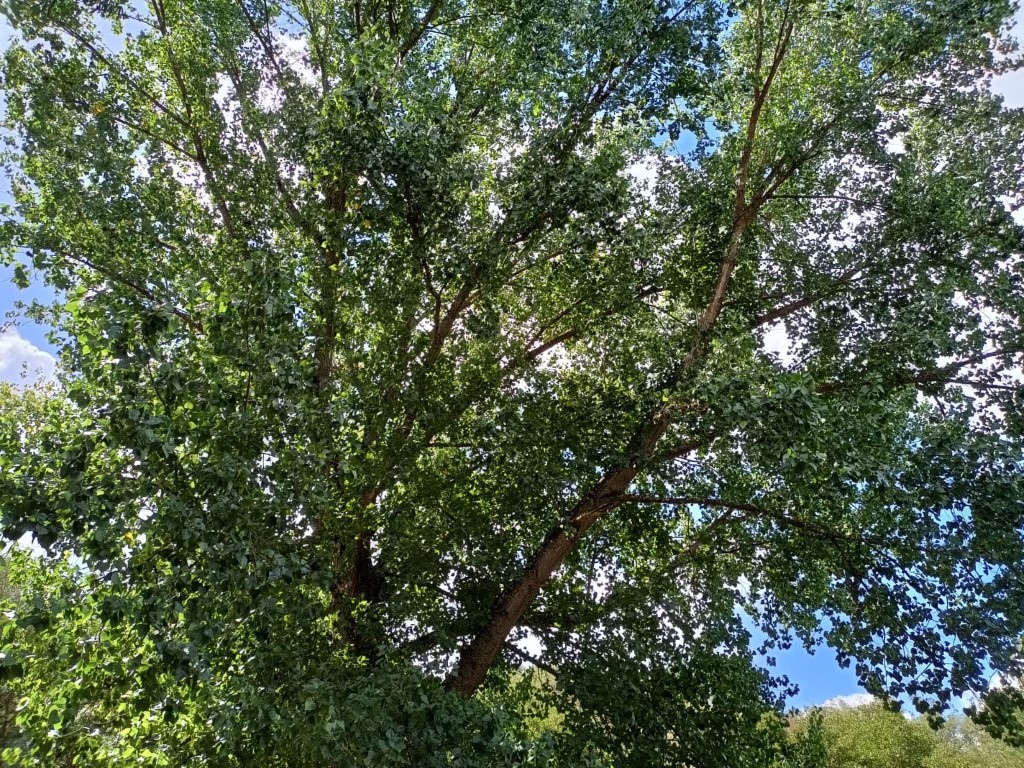
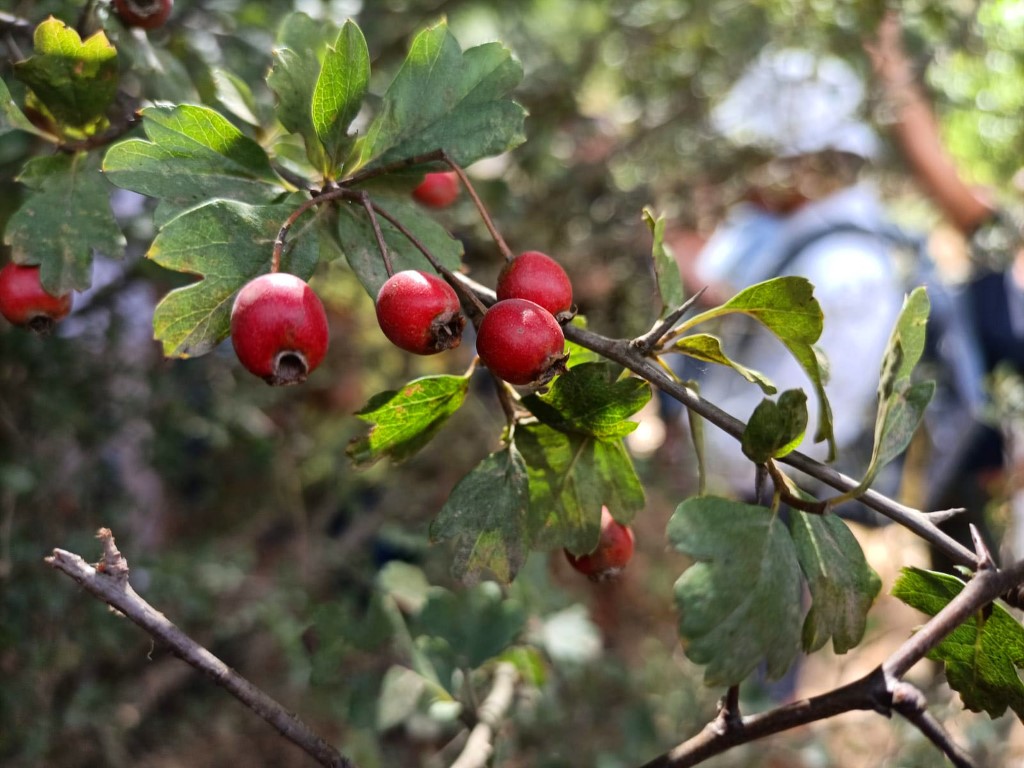
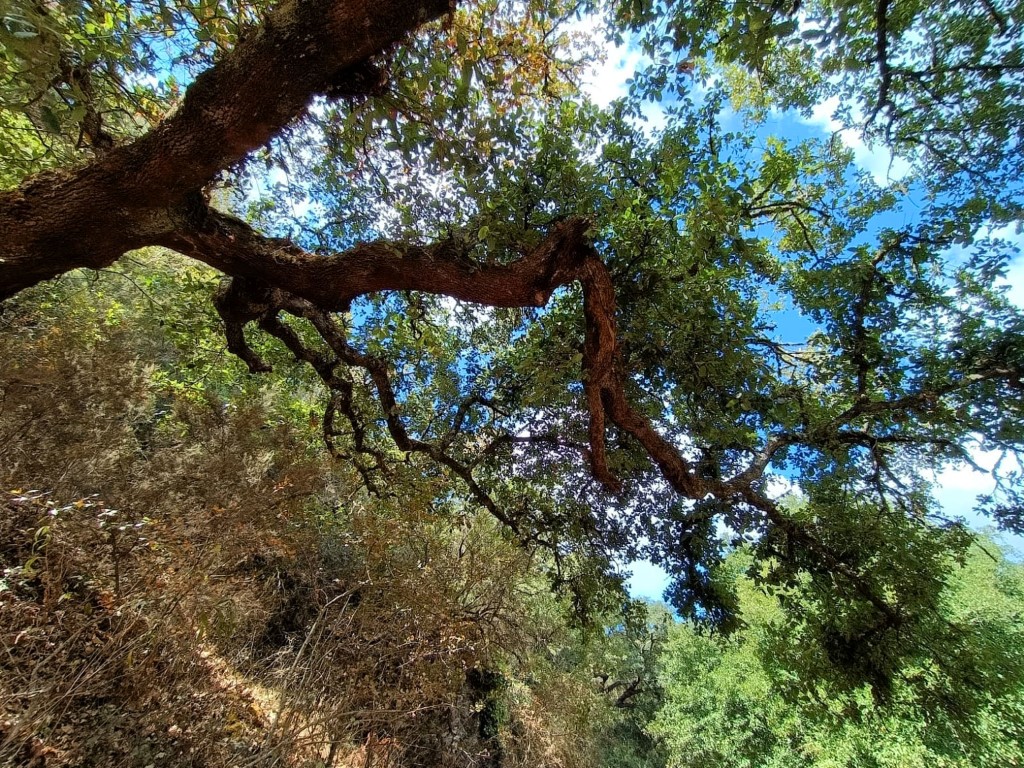
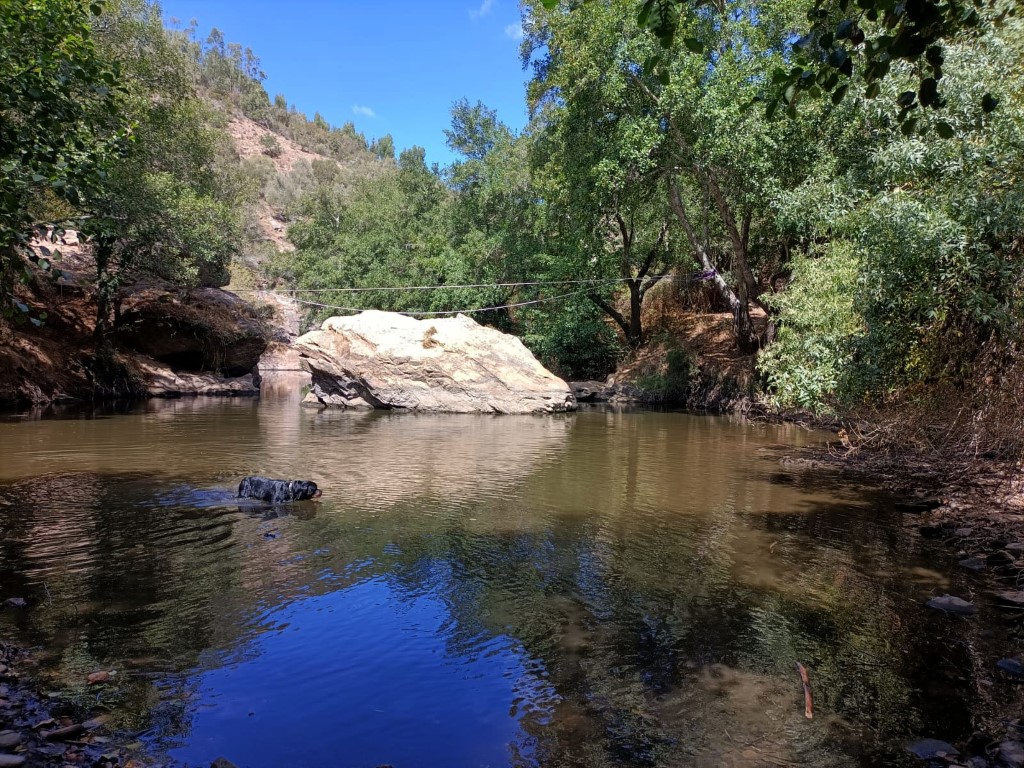
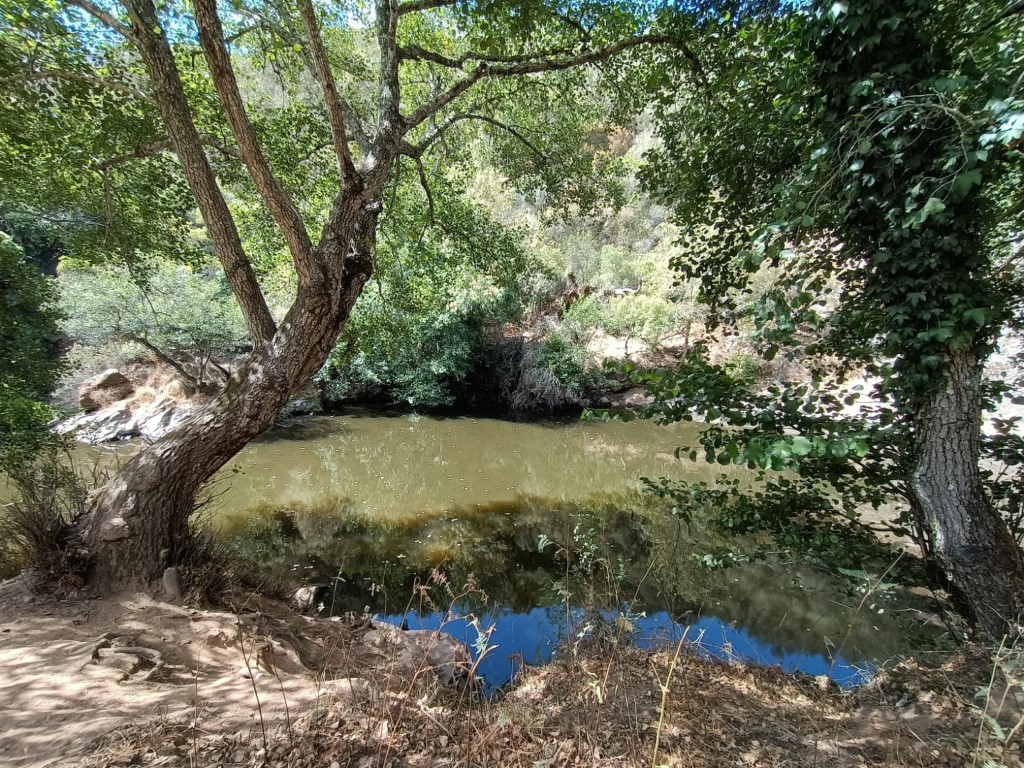
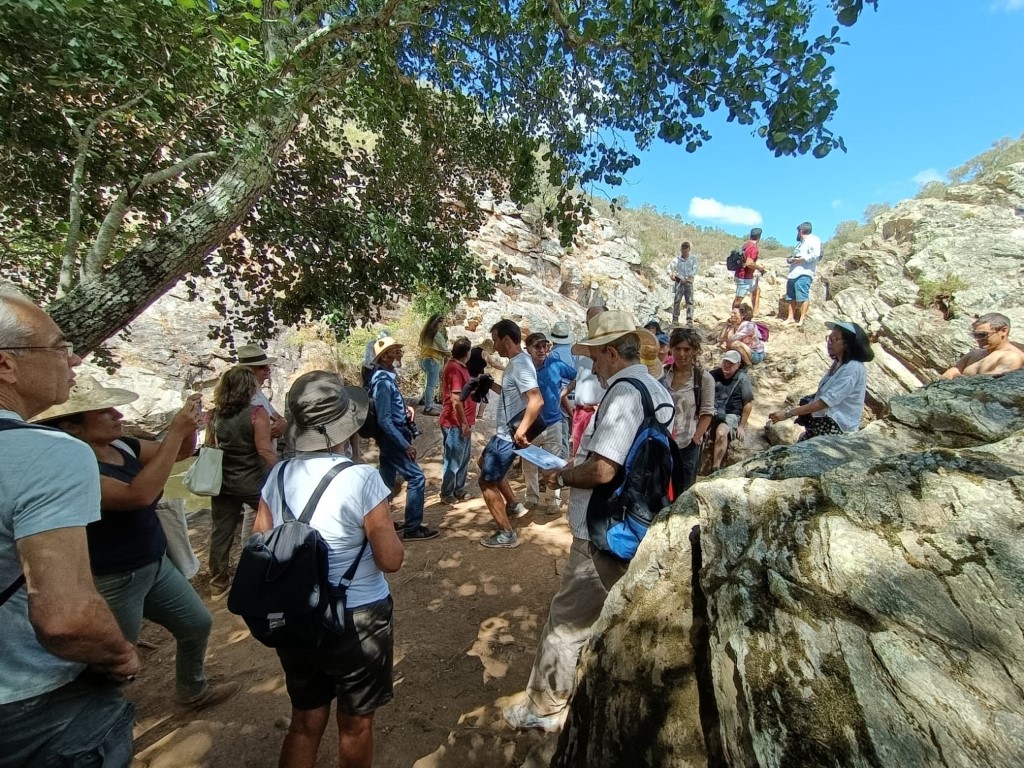
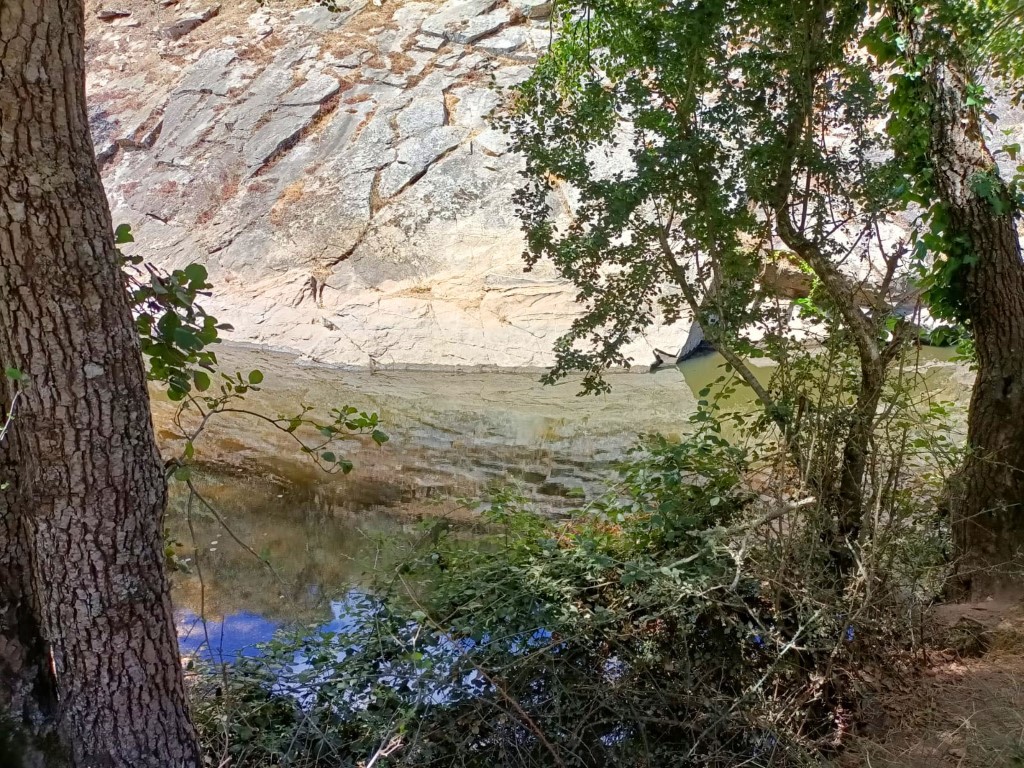
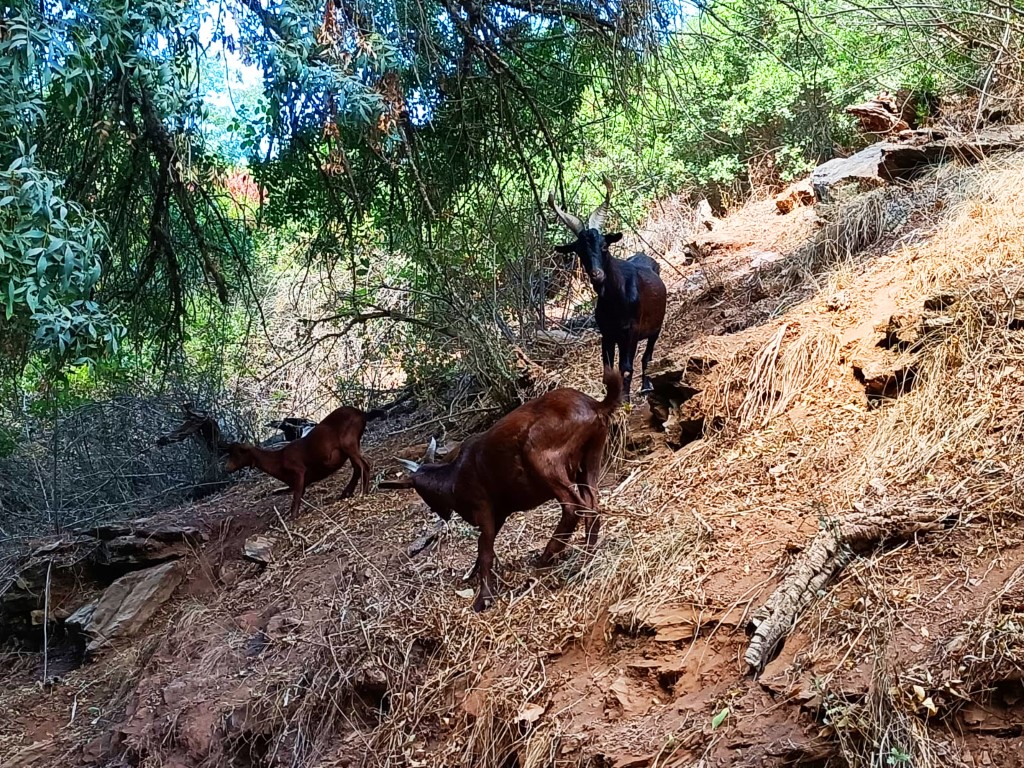



















Comments